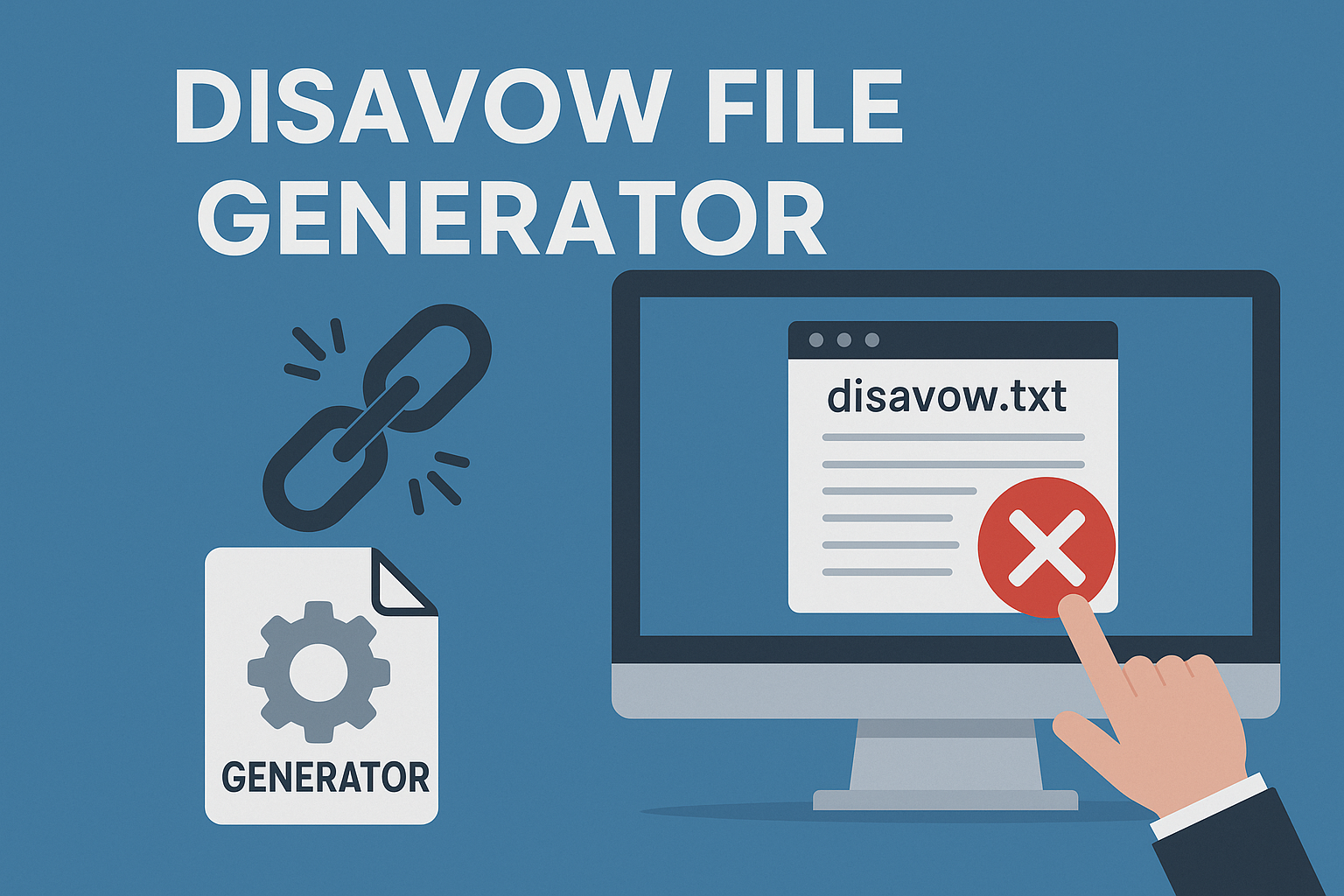In the fast-paced world of SEO, aged domains remain a hot topic. These are websites that once held authority but were abandoned or expired. Savvy marketers often repurpose them, leveraging their existing backlink profiles to boost new projects quickly.
Why do these domains still matter? Search engines like Google value trust and relevance. An older domain with quality links can act as a shortcut, helping newer content rank faster. This strategy has roots in early SEO practices, where building authority took years—now, it’s condensed into weeks.
However, shortcuts come with risks. Overusing this approach can trigger penalties from search engines. Algorithms now detect unnatural linking patterns, and Google’s updates target manipulative tactics. Still, some professionals take calculated risks for short-term gains, especially in competitive niches.
For example, expired domains in finance or health niches often retain high-quality links. Redirecting that authority to a fresh site can create instant credibility. But success depends on careful research—choosing domains with organic traffic history and avoiding spammy footprints.
While effective temporarily, this method isn’t foolproof. Balancing speed with long-term sustainability is key. Staying updated on algorithm changes ensures strategies adapt rather than collapse.
Check out How To Find PBN With Fresh Drop
Key Takeaways
- Aged domains with existing backlinks offer a faster path to SEO authority.
- Historical link equity can boost new content but requires thorough vetting.
- Search engines increasingly penalize manipulative linking tactics.
- Expired domains in niche industries often provide stronger results.
- Short-term gains must align with evolving algorithm standards.
Introduction to the Concept of PBNs and Aged Domains
SEO strategies have evolved dramatically, but some techniques remain rooted in early practices. Private Blog Networks (PBNs) emerged as clusters of websites designed to boost rankings by strategically linking to a target site. At their core, these networks rely on aged domains—expired or abandoned websites with established authority—to transfer credibility through existing link equity.
How does this work? When a domain ages, search engines often retain trust in its historical value. Redirecting or repurposing these assets allows marketers to “inherit” their SEO power. This tactic gained traction in the early 2000s when ranking algorithms heavily prioritized quantity over quality of links.
Unlike organic methods, which focus on earning genuine endorsements, PBNs shortcut the process. Critics argue this undermines fair competition, while supporters highlight its efficiency. Google’s Webmaster Guidelines explicitly warn against such schemes, labeling them as manipulative. Violations can lead to penalties, including deindexing. For a deeper dive into optimizing link strategy, consider how balancing outbound links in your blog posts can impact both user experience and SEO performance.
Ethical debates persist. Is leveraging old domains clever resourcefulness or outright gaming? The answer often depends on transparency. While some professionals advocate for cautious use, others avoid it entirely to prioritize sustainable growth.
Key risks include:
- Algorithmic detection of unnatural linking patterns
- Loss of control over third-party content quality
- Potential brand reputation damage if exposed
For insights on how to avoid penalties while optimizing your anchor text, read our comprehensive overview of anchor text optimization best practices.
What Are PBN Domains With Backlinks?
Behind many top-ranking pages lies a network built on digital legacies. These systems connect multiple websites to amplify a central site’s visibility through strategic linking. While effective, they walk a fine line between clever resource use and search engine guidelines.
Defining the Framework
A Private Blog Network (PBN) typically consists of multiple interconnected websites controlled by one entity. The goal? To transfer authority to a primary domain through carefully placed links. Common components include:
- Expired domains with existing traffic history
- Hosting spread across different providers
- Content repurposed to match new branding
Quality writing often takes a backseat in these setups. Many prioritize quantity over depth, recycling articles or using spun text to maintain the illusion of activity.
The Age Advantage
Older websites bring pre-built credibility to the table. Their historical link profiles—especially from reputable sources—act as shortcuts for new projects. Marketers often:
- Acquire expired domains through auctions
- Remove outdated branding elements
- Rebuild the site with fresh but thematically similar material – aged pbn backlinks
This process preserves the domain’s original authority while redirecting its power. However, success depends on how well the new content aligns with the old site’s niche.
| Aspect | Standard Site | PBN Site |
|---|---|---|
| Ownership Transparency | Clear and public | Often masked |
| Content Focus | User-centric | Link-driven |
| Link Strategy | Organic growth | Strategic placement |
Dive into practical tips for acquiring quality backlinks in the music industry with our guide on effective strategies for music backlinks.
The Role of Aged Domains in Modern SEO
Digital archaeology meets SEO strategy when exploring older websites’ hidden value. These relics of the internet’s past carry residual power that modern marketers still harness—but with far more caution than before.
From Shortcut to Strategic Asset
In the early 2000s, marketers noticed abandoned websites ranking well despite inactivity. This sparked the idea of repurposing their authority for new projects. Early adopters built blog networks using these assets, creating instant visibility before search engines tightened their rules.
Everything changed with Google’s 2012 Penguin update. This algorithm:
- Penalized manipulative linking practices
- Demoted sites with unnatural anchor text
- Rewarded organic editorial links
The 2022 Link Spam Update further refined detection, using AI to spot artificial patterns. Despite these changes, 37% of SEOs in a recent Ahrefs survey reported using aged assets—but only after rigorous vetting with tools like Moz Domain Authority checker. For more context, learn more in our guide on quality forum backlinks.
Modern professionals face a dilemma:
| Approach | Pros | Cons |
|---|---|---|
| New Sites | Clean slate, algorithm-friendly | Slow authority growth |
| Aged Assets | Faster traction | Higher risk if poorly vetted |
Successful case studies show niche-specific reuse works best. A revived parenting blog gained top rankings in 6 months by maintaining its original focus. Conversely, a tech news site failed after redirecting an unrelated cooking domain—proving relevance remains critical.
Using PBN Domains With Backlinks to Boost Your Rankings
The digital marketing landscape shifts like seasons—strategies that bloom today may wither tomorrow. While leveraging existing assets offers quick wins, balancing urgency with caution separates fleeting success from lasting growth.
Short-Term Wins Versus Future Stability
Quick visibility spikes tempt many marketers. A 2023 case study showed a tech review site jumping to page one within two weeks using curated links from older sites. Traffic surged 180% initially. But three months later, rankings plummeted after algorithm updates flagged unnatural patterns. High authority links can lift rankings — here’s our breakdown on buying high PageRank backlinks.
Why take the risk? Immediate benefits include:
- Faster SERP traction than organic methods
- Pre-built trust from historical authority
- Reduced content production costs
However, search engines now track network connections more aggressively. A fitness blog lost 90% of its traffic overnight when its supporting sites were deindexed. Volatility often follows rapid climbs—like building on sand during a storm.
| Strategy | Benefit | Risk |
|---|---|---|
| Quick Authority Transfer | Rapid ranking improvements | Algorithmic penalties |
| Recycled Content | Lower upfront effort | Lower user engagement |
| Multi-Site Networks | Enhanced link diversity | Footprint detection |
Quality remains the ultimate safeguard. Sites maintaining fresh, relevant material weather updates better. One travel blogger maintained top positions for two years by pairing legacy links with weekly video guides and expert interviews.
Before choosing shortcuts, ask: Is a temporary boost worth rebuilding from scratch later? Sustainable growth might take longer, but it builds foundations that algorithms reward.
Discover how multi-tier backlinking can amplify your site’s authority and improve your ranking in search engines.
Strategies for Building a Strong Backlink Profile
Creating lasting visibility online requires more than luck—it demands a strategic approach to earning trust. While shortcuts exist, sustainable search engine rankings come from methods that align with how algorithms reward genuine value.
In our comprehensive Neuraltext review, we explore how its predictive performance can benefit content marketers aiming for higher SERP visibility.
White Hat Tactics Versus High-Risk Methods
Editorial links earned through quality content remain the gold standard. A 2023 study showed websites using HARO (Help a Reporter Out) gained 40% more organic traffic than those relying on private blog network tactics. Successful approaches include:
- Guest posts on industry-relevant platforms
- Creating shareable tools like calculators or templates
- Collaborating with influencers for authentic endorsements
In contrast, risky methods often prioritize speed over stability. One e-commerce brand saw temporary results using pbn backlinks, but lost all gains when Google detected artificial links. Their recovery took 14 months of rebuilding through ethical outreach.
Content Considerations for Link Quality
Original research attracts natural citations. A tech blog’s cybersecurity report earned links from 18 major publications simply by providing actionable data. Key elements of link-worthy material:
- Depth over breadth—3,000+ word guides outperform listicles
- Visual storytelling through charts or video summaries
- Timely updates to maintain accuracy
Remember: search engines now assess user engagement metrics. A cooking site doubled its search engine rankings by redesigning recipes with step-by-step videos, keeping visitors engaged 70% longer. Quality content doesn’t just attract links—it builds communities that amplify your message organically.
If you’re looking to diversify your backlink profile, learn how tiered backlinks can distribute link equity more effectively across your site.
Risks and Challenges of PBN Backlinks
Navigating SEO’s gray areas requires understanding both rewards and consequences. While certain tactics promise quick results, they often carry hidden costs. Manual penalties and domain de-indexing remain critical threats for those pushing boundaries.
When Algorithms Fight Back
Google’s webmaster guidelines explicitly forbid manipulative link building practices. A 2023 study found 62% of sites using artificial networks faced ranking drops within six months. One travel blog lost 75% of its organic traffic after an algorithmic penalty flagged unnatural anchor text patterns.
| Penalty Type | Impact on Engine Rankings | Average Recovery Time |
|---|---|---|
| Manual Action | Immediate removal from SERPs | 4-12 months |
| Algorithmic Filter | Gradual ranking decline | 3-6 months |
| Full De-indexing | Complete invisibility in search | Permanent (without domain change) |
Maintaining a natural backlink profile becomes nearly impossible with automated networks. Common red flags include:
- Sudden spikes in low-quality referring domains
- Over-optimized anchor text ratios exceeding 35%
- Hosting patterns linking multiple sites to one IP
A 2022 case study revealed sites using private networks spent $15k annually just to maintain 20 “safe” links. Despite precautions, 40% still faced domain authority erosion within two years.
Regular audits using tools like Ahrefs or SEMrush help spot risky connections early. Remember: what works today might trigger tomorrow’s update. Balance ambition with caution.
Best Practices for Maintaining Domain Authority
Building lasting authority online works like tending a garden—consistent care yields steady growth. While shortcuts might offer quick blooms, they rarely survive algorithm storms. Focus instead on strategies that nurture trust with search engines and audiences alike.
Start with fresh, relevant content. Sites like Wirecutter maintain top search rankings by updating reviews monthly and adding video guides. Regular updates signal active engagement, which search crawlers reward. Pair this with user-friendly design—pages loading in under 2 seconds see 35% lower bounce rates. Looking for diversification beyond PBNs? Many SEOs are adding forum backlinks for SEO to their mix.
| Practice | High-Authority Sites | Risky Approaches |
|---|---|---|
| Content Updates | Weekly refresh cycles | Static pages for years |
| Link Sources | Diverse editorial citations | Concentrated private links |
| SEO Tools | Moz, Ahrefs audits | Ignoring crawl errors |
Diversify your link profile naturally. Healthline earns 60% of its blog network traffic through expert interviews cited by medical journals. Avoid over-optimized anchor text—sites with varied link types (brand names, URLs) perform better long-term.
-
For marketers seeking diverse platforms to drive referral traffic, leveraging Quora for link building can be a powerful yet underutilized strategy.
Monitor performance religiously. Tools like SEMrush spot ranking drops early, while Google Search Console flags crawl issues. One outdoor gear site recovered 40% lost traffic by fixing broken links identified during weekly checks.
Remember: authority grows through patience, not pressure. Sites prioritizing value over shortcuts build foundations that weather every algorithm shift.
Tools and Techniques for Spotting PBN Backlinks
Uncovering hidden link networks requires sharp tools and sharper analysis. Modern SEO platforms help marketers separate authentic endorsements from artificial setups. Let’s explore how to spot red flags before they impact your rankings.
SEO Tools for Backlink Analysis
Platforms like Ahrefs and Moz offer deep insights into linking behaviors. Ahrefs’ Backlink Checker reveals if a site’s connections come from unrelated niches—a common PBN trait. Moz’s Link Explorer tracks anchor text diversity, highlighting over-optimized phrases like “best insurance quotes” repeated across multiple pages.
Semrush’s Backlink Analytics tool maps link velocity. Sudden spikes in low-quality domains linking to a site often signal manipulation. For advanced users, Linxact specializes in footprint detection, identifying shared hosting providers or matching site templates across networks.
Identifying Suspicious Patterns
Natural links develop gradually. If 80% of a site’s backlinks appear within a month, dig deeper. Check content quality on linking pages—generic articles with keyword-stuffed titles often indicate PBNs. Tools like Screaming Frog can crawl sites to find duplicate meta descriptions or identical design elements.
Watch for irrelevant referrals. A gardening blog receiving links from cryptocurrency sites? That’s a red flag. Bing Webmaster Tools’ Link Explorer helps visualize these odd connections through interactive maps.
| Natural Links | PBN Links |
|---|---|
| Gradual acquisition over time | Sudden spikes in referrals |
| Diverse anchor text ratios | Repetitive exact-match phrases |
| Relevant niche connections | Unrelated industry sources |
Regular audits prevent surprises. Schedule monthly checks using these tools to maintain a clean profile. Remember: staying proactive saves time and protects your domain’s reputation.
Future Trends in PBN Usage and Aged Domain Strategies
Future-proofing SEO strategies now hinges on understanding AI’s growing role. Search engines are rewriting the rules, prioritizing user-centric practices over shortcuts. Tools like Google’s SpamBrain already flag artificial patterns in text and links, making outdated tactics riskier than ever.
What is a backlink PBN and how do PBN domain SEO strategies use contextual backlinks?
A backlink PBN (Private Blog Network) is a group of websites used to build backlinks to a target site, often to manipulate rankings. PBN domain SEO strategies involve using expired or aged domains with existing authority. These domains then host content containing PBN contextual backlinks, which are links placed naturally within relevant text to boost SEO impact while reducing detection risk.
Emerging Technologies and Algorithm Updates
AI isn’t just detecting spam—it’s predicting it. A 2024 study revealed algorithms now analyze ranking signals 300% faster than in 2020. This means:
- Content quality matters more than keyword density
- Natural link diversity outweighs sheer number of links
- Historical domain data gets cross-checked against current relevance
“The next five years will separate those adapting to AI-driven SEO from those clinging to old playbooks.”
Collective domain purchases are rising, with groups pooling resources to share authority. But this trend carries risks. One finance site lost 60% of its ranking power after Google linked its network to unrelated health blogs.
| Past Practices | Future-Proof Strategies |
|---|---|
| Focusing on exact-match anchor text | Prioritizing branded/naked URLs |
| Bulk-buying aged assets | Handpicking domains with topical alignment |
| Ignoring user engagement metrics | Optimizing for time-on-page and scroll depth |
Adapting means balancing innovation with caution. Regularly audit your practices using AI-powered tools like Clearscope. Build content that answers questions algorithms can’t—yet.
Conclusion
Balancing SEO ambitions with ethical practices remains critical in today’s evolving landscape. While leveraging aged assets can boost rankings quickly, search engines increasingly penalize manipulative tactics. Short-term traffic spikes often fade when algorithms detect unnatural patterns, leaving pages vulnerable to sudden drops.
Focusing on sustainable strategies proves safer long-term. Building authority through genuine content and diverse links creates lasting value. High-quality profiles attract organic traffic while minimizing risks of penalties—a smarter way to secure your page’s future.
Before experimenting with gray-area methods, weigh the costs. Staying informed about algorithm updates helps avoid costly mistakes. Prioritize white hat techniques that align with search engine guidelines for steady, reliable growth. When in doubt, choose the way that builds trust—both with users and crawlers.


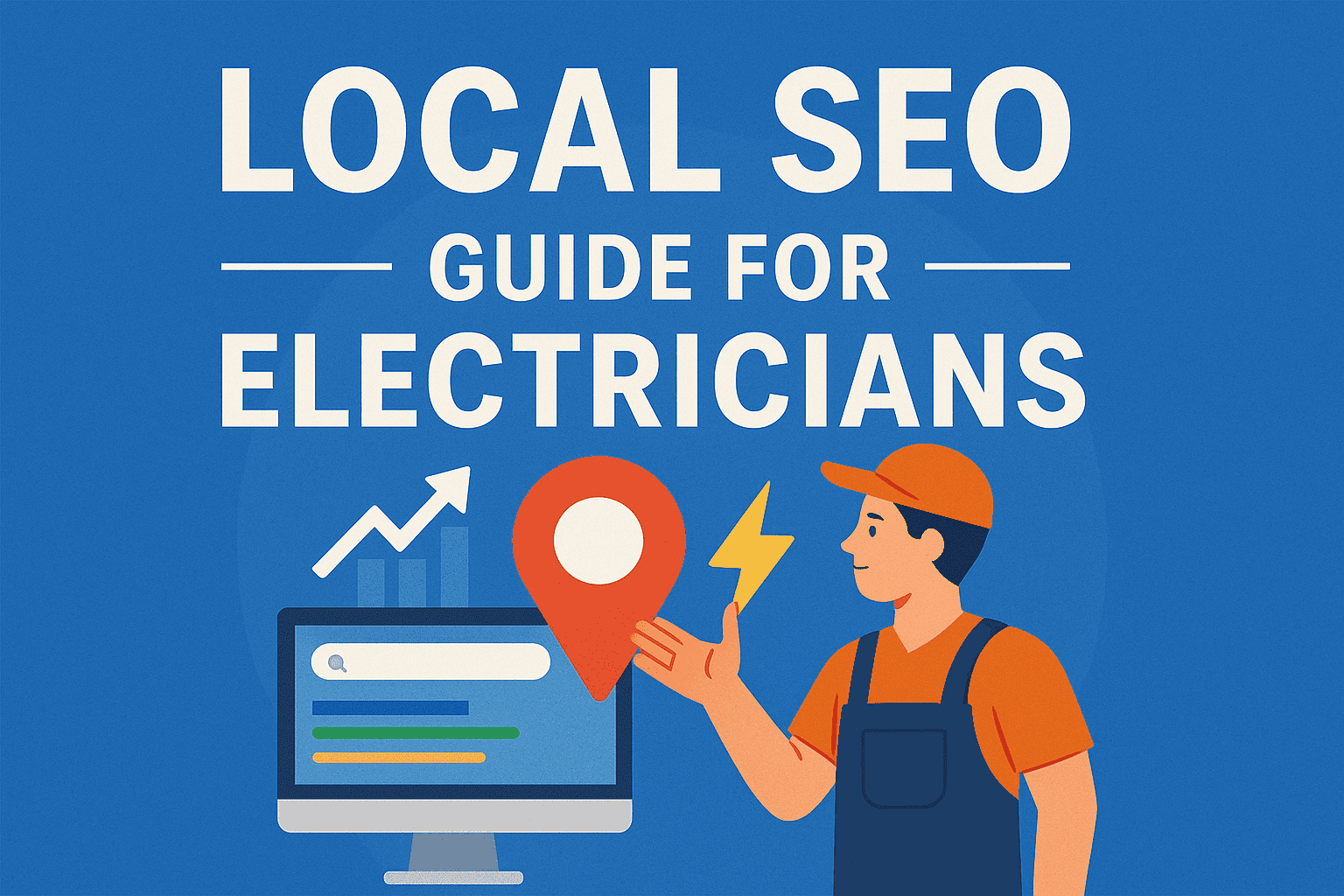
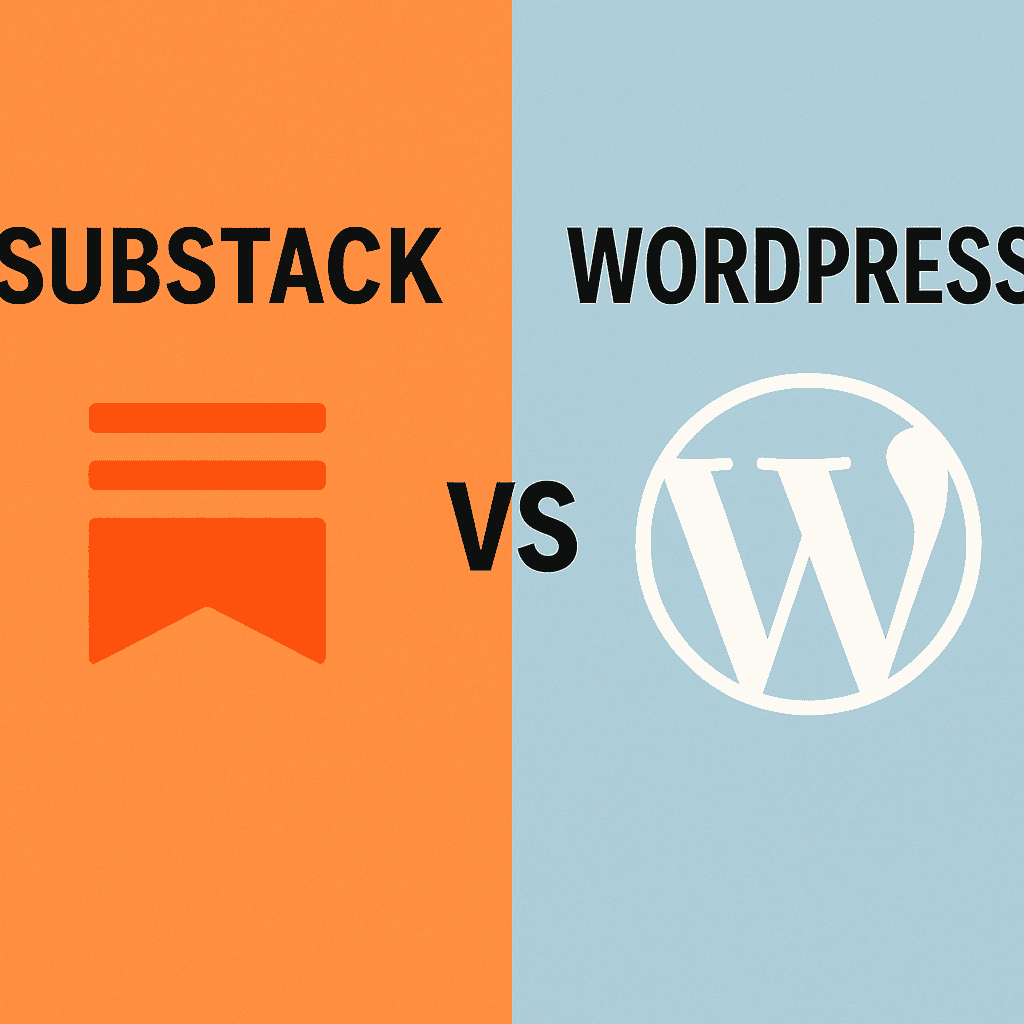

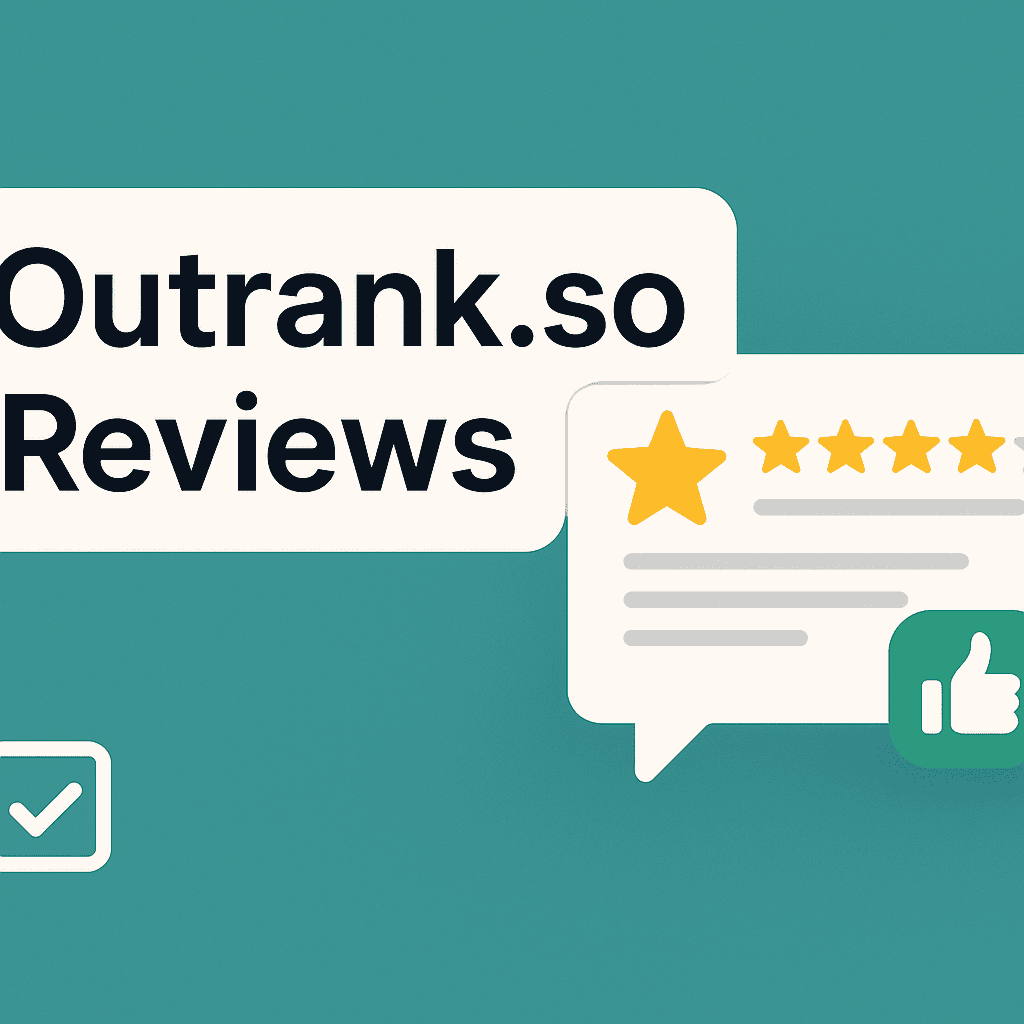



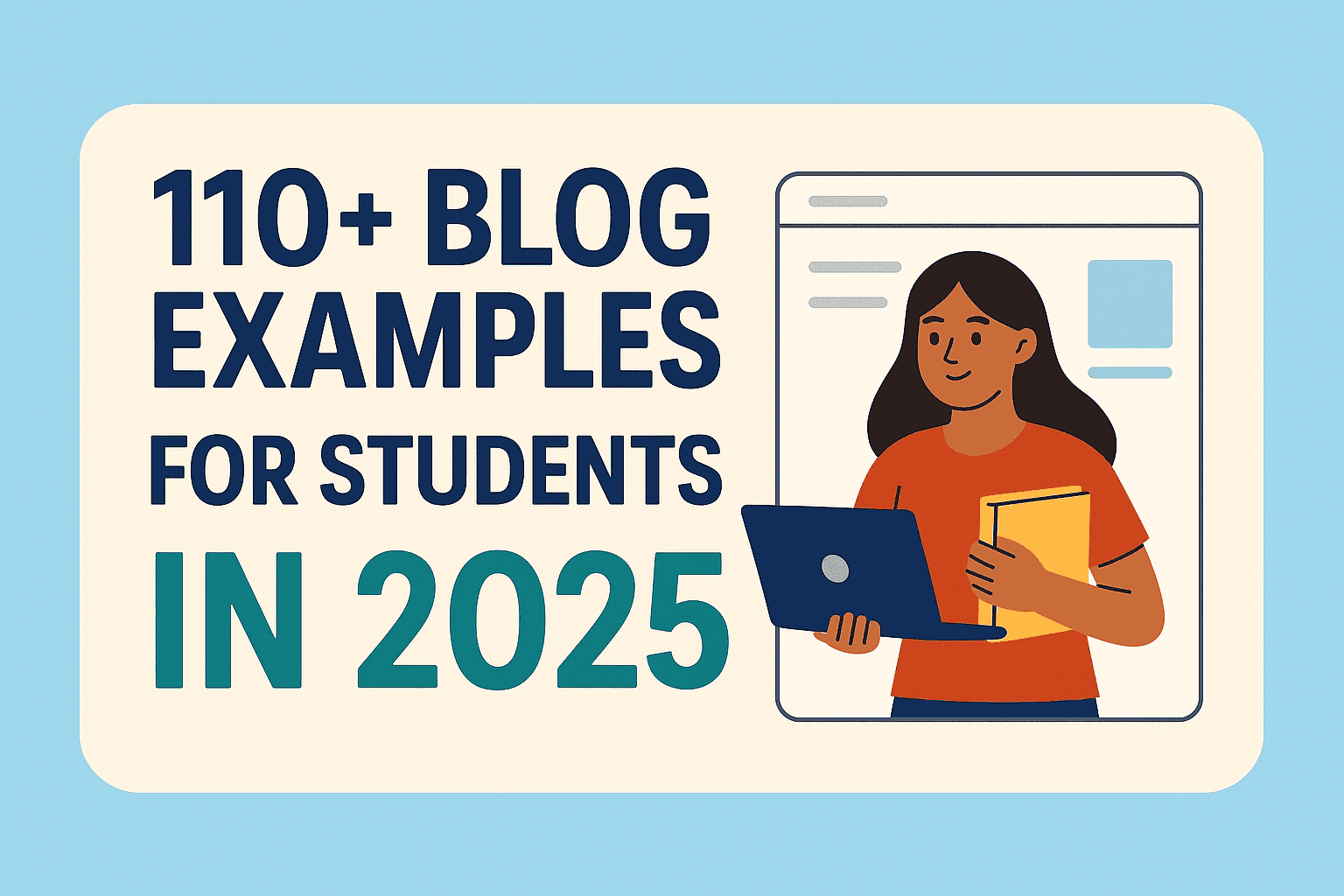







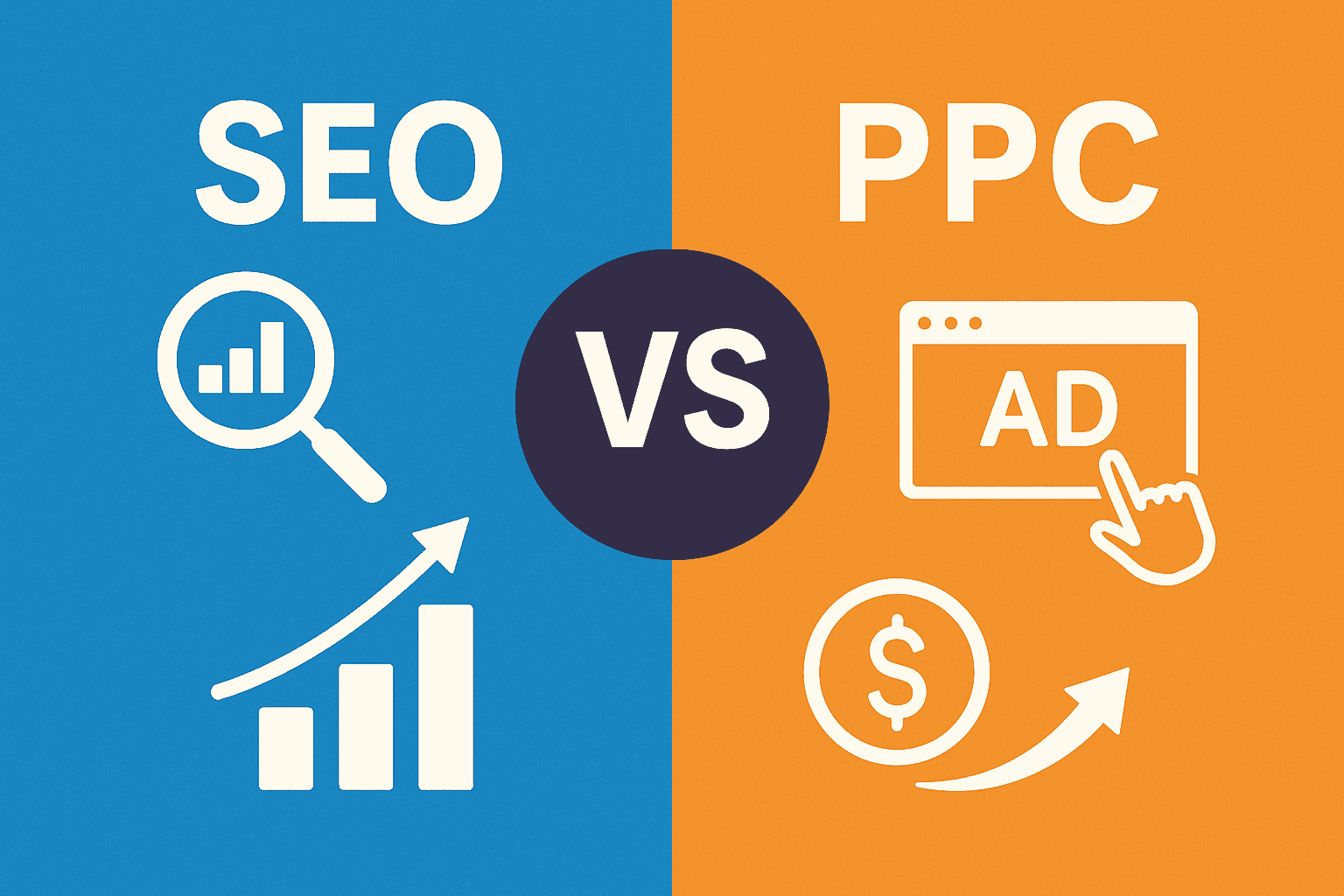

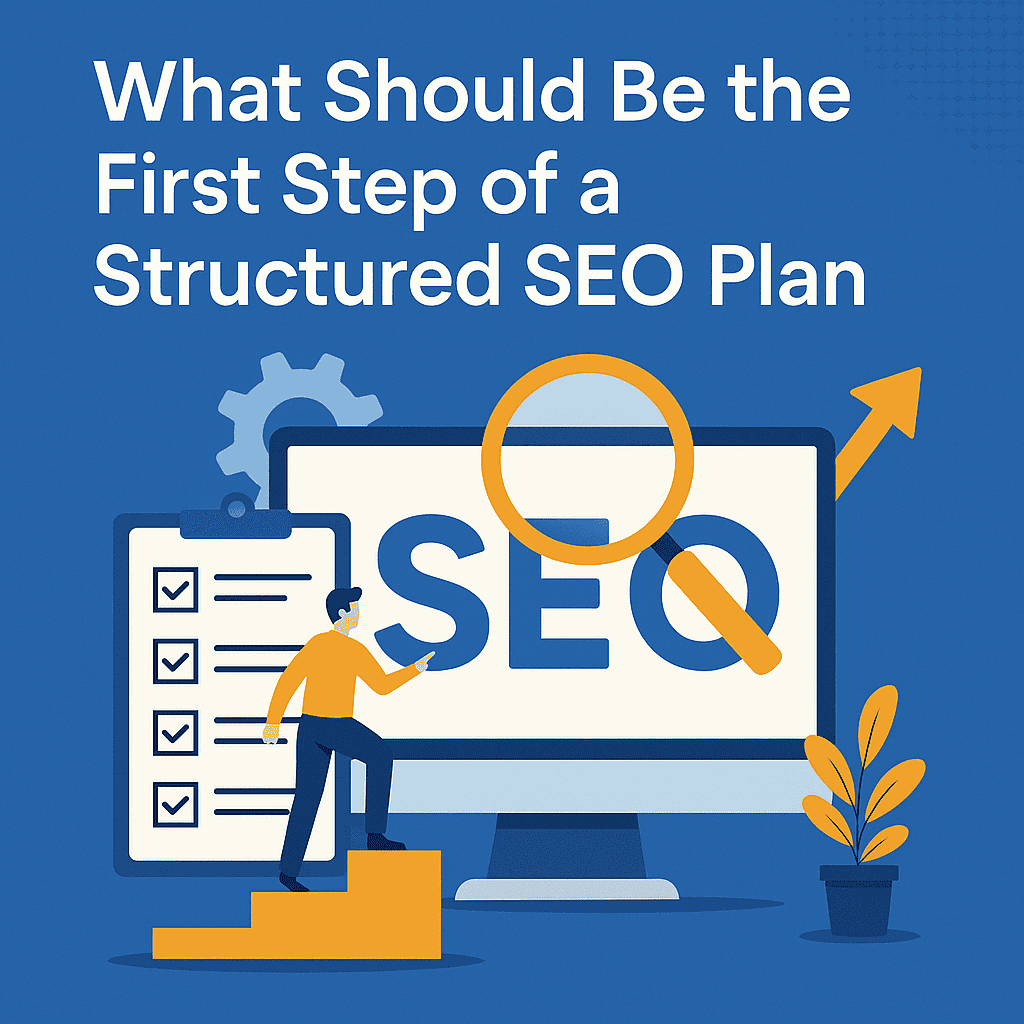


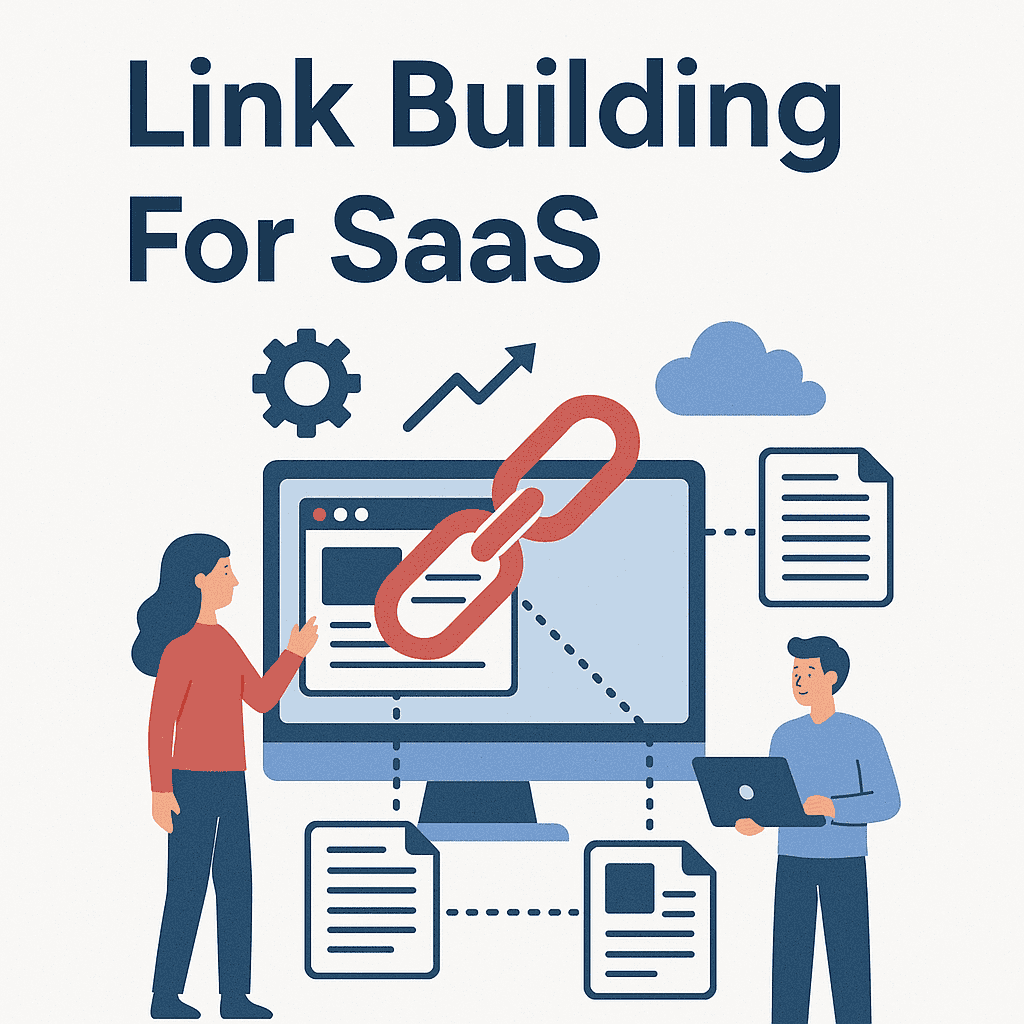
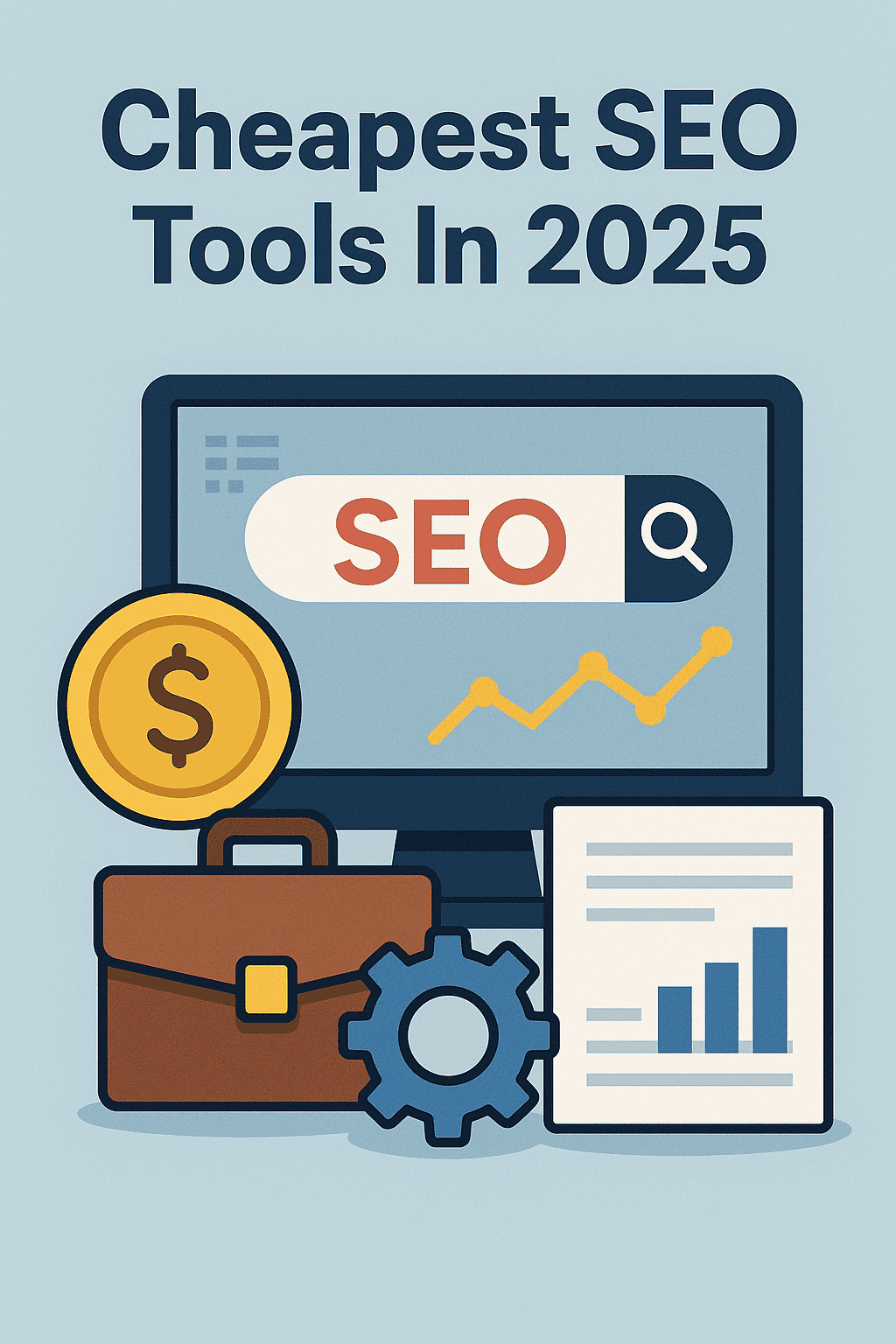
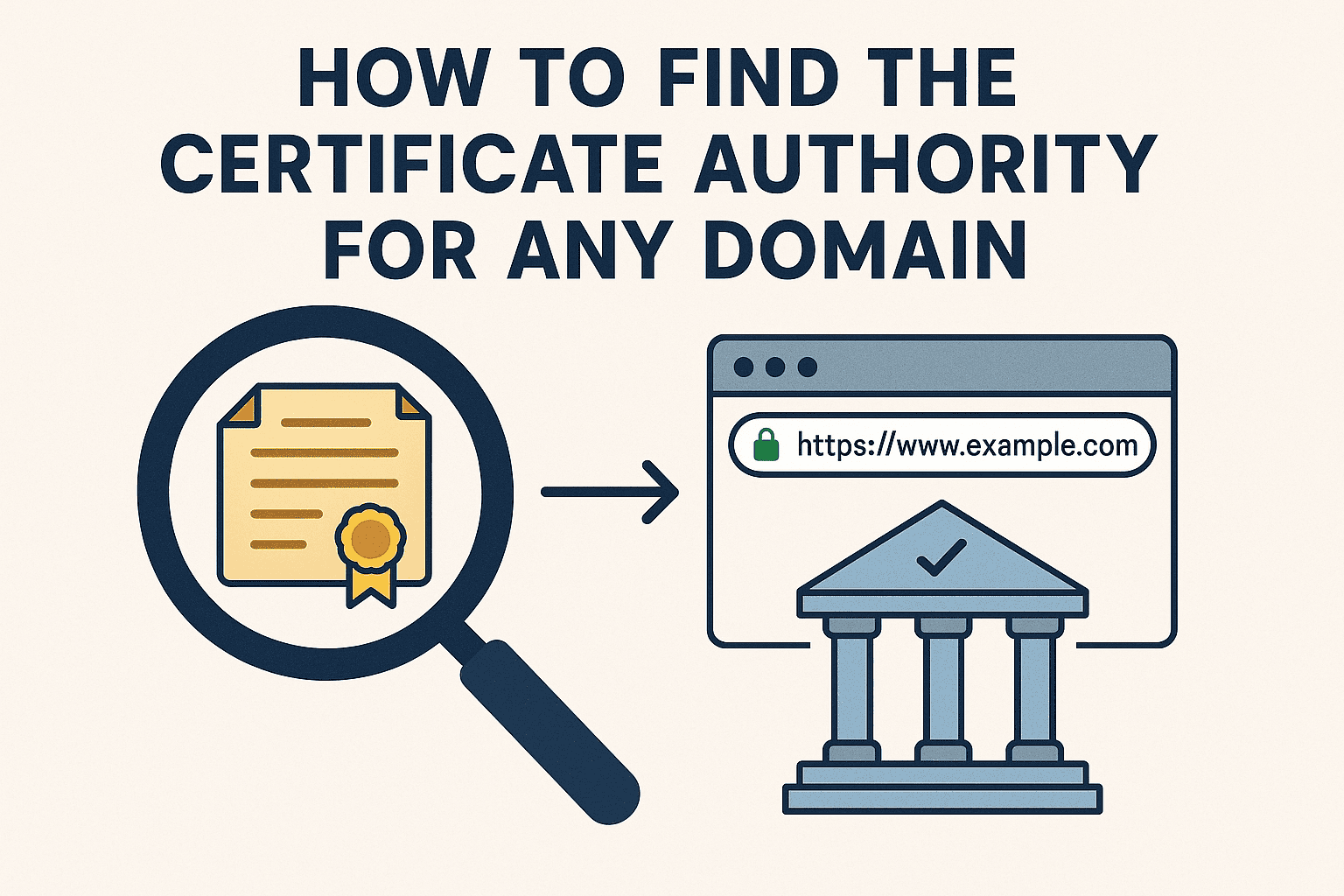
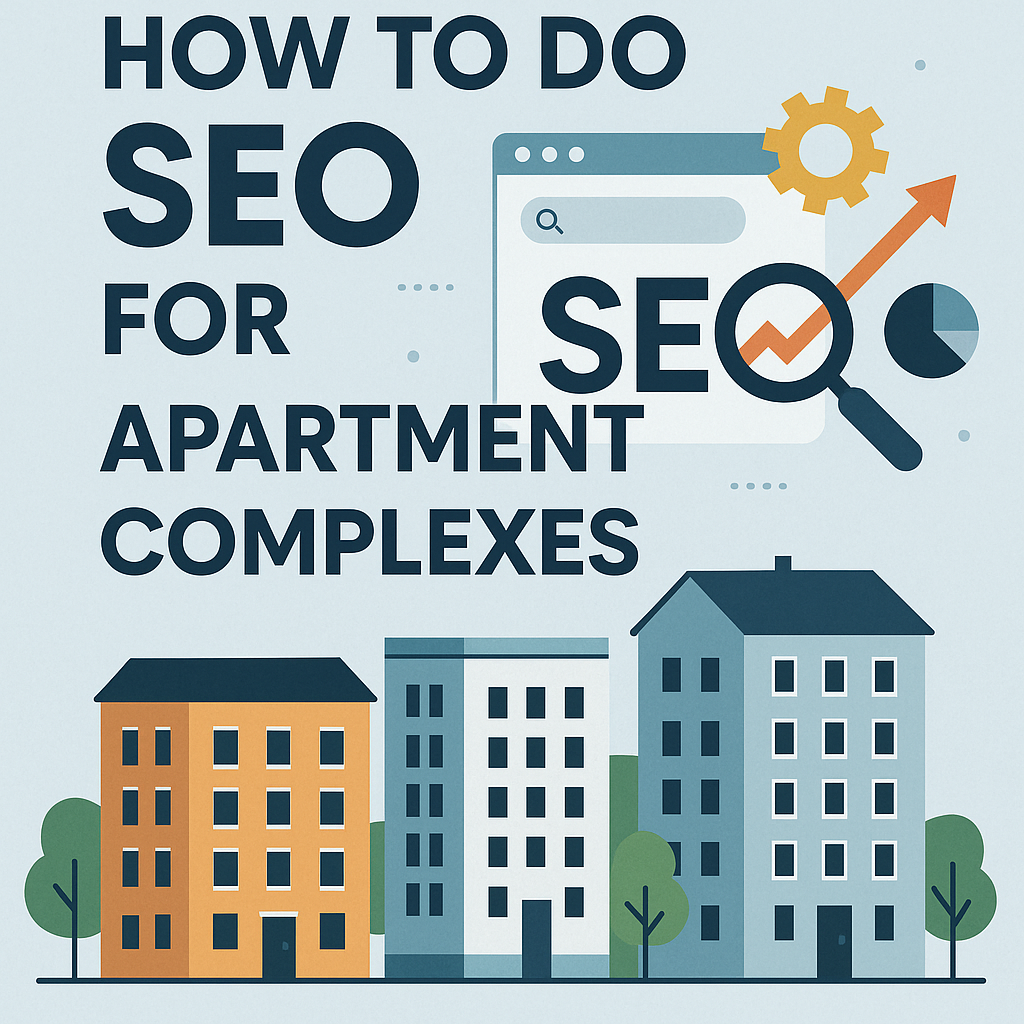
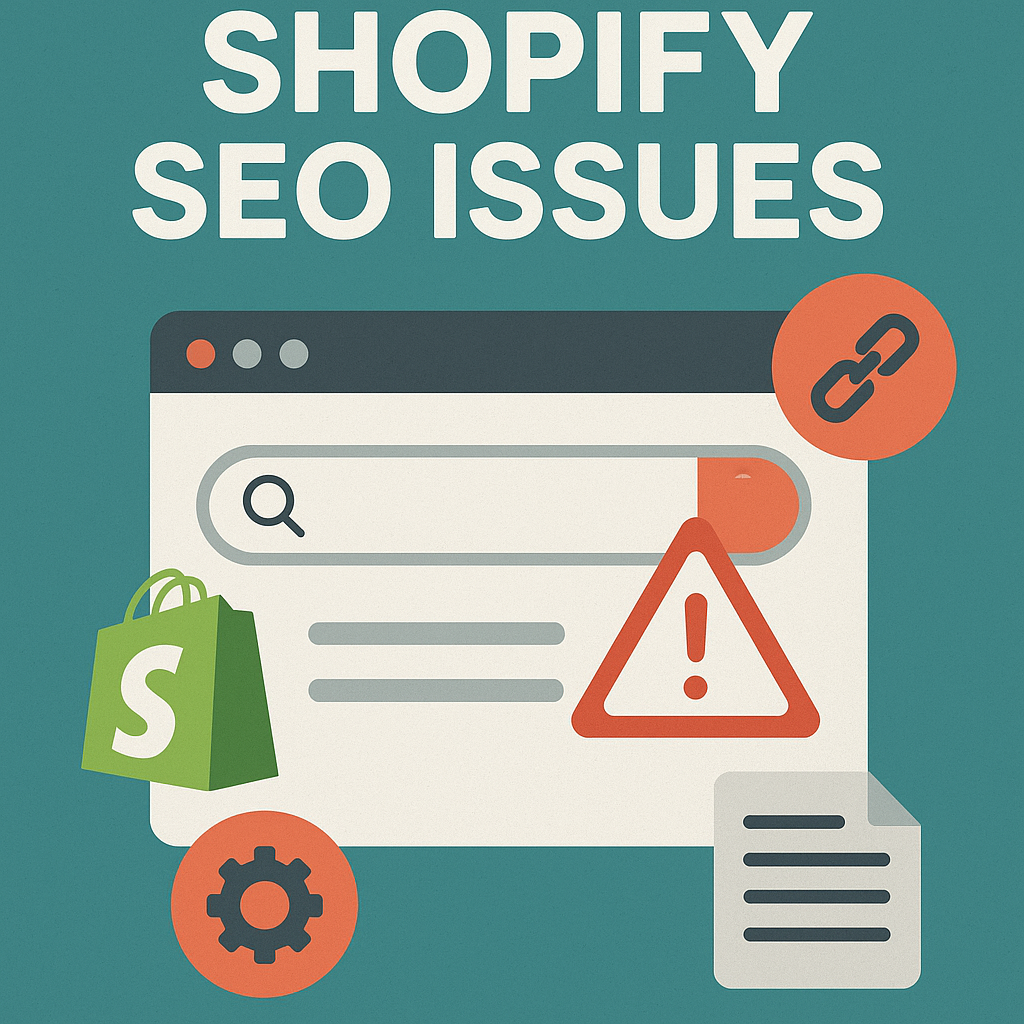


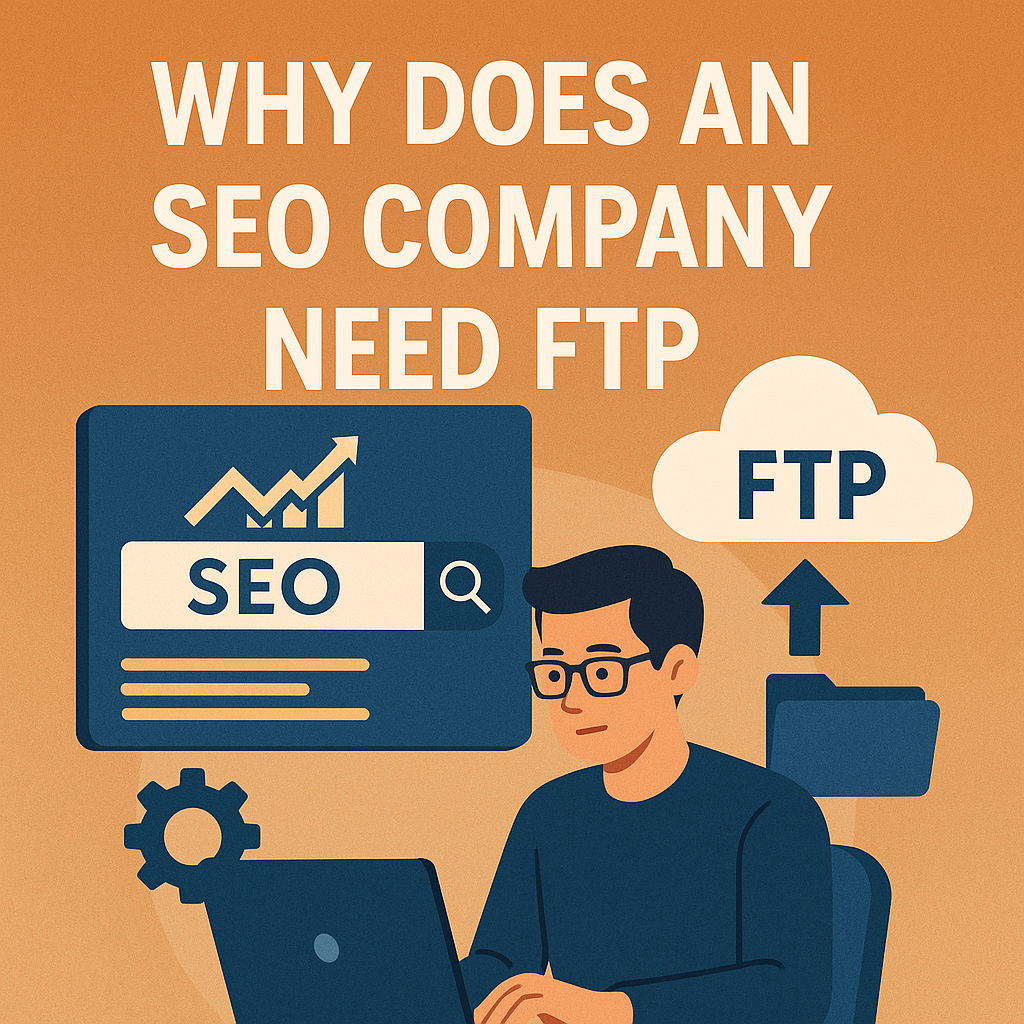
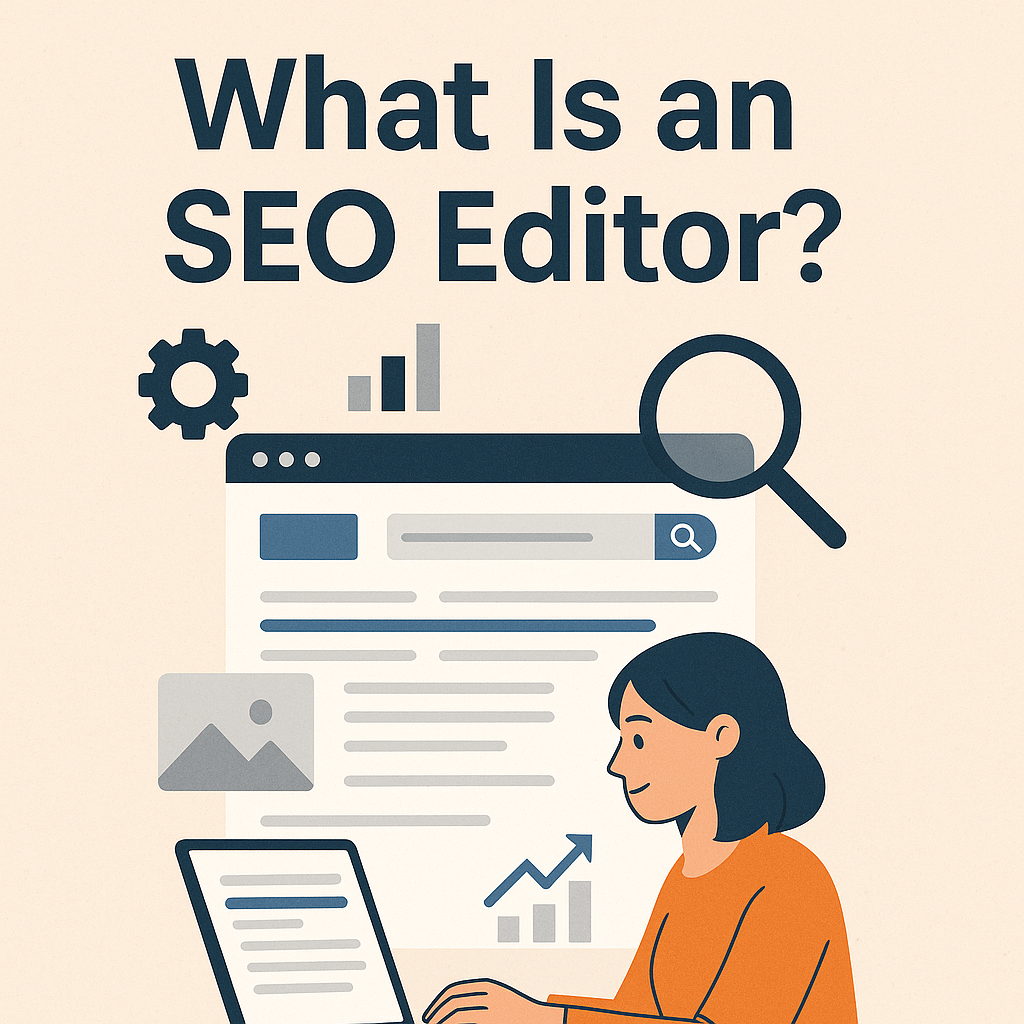
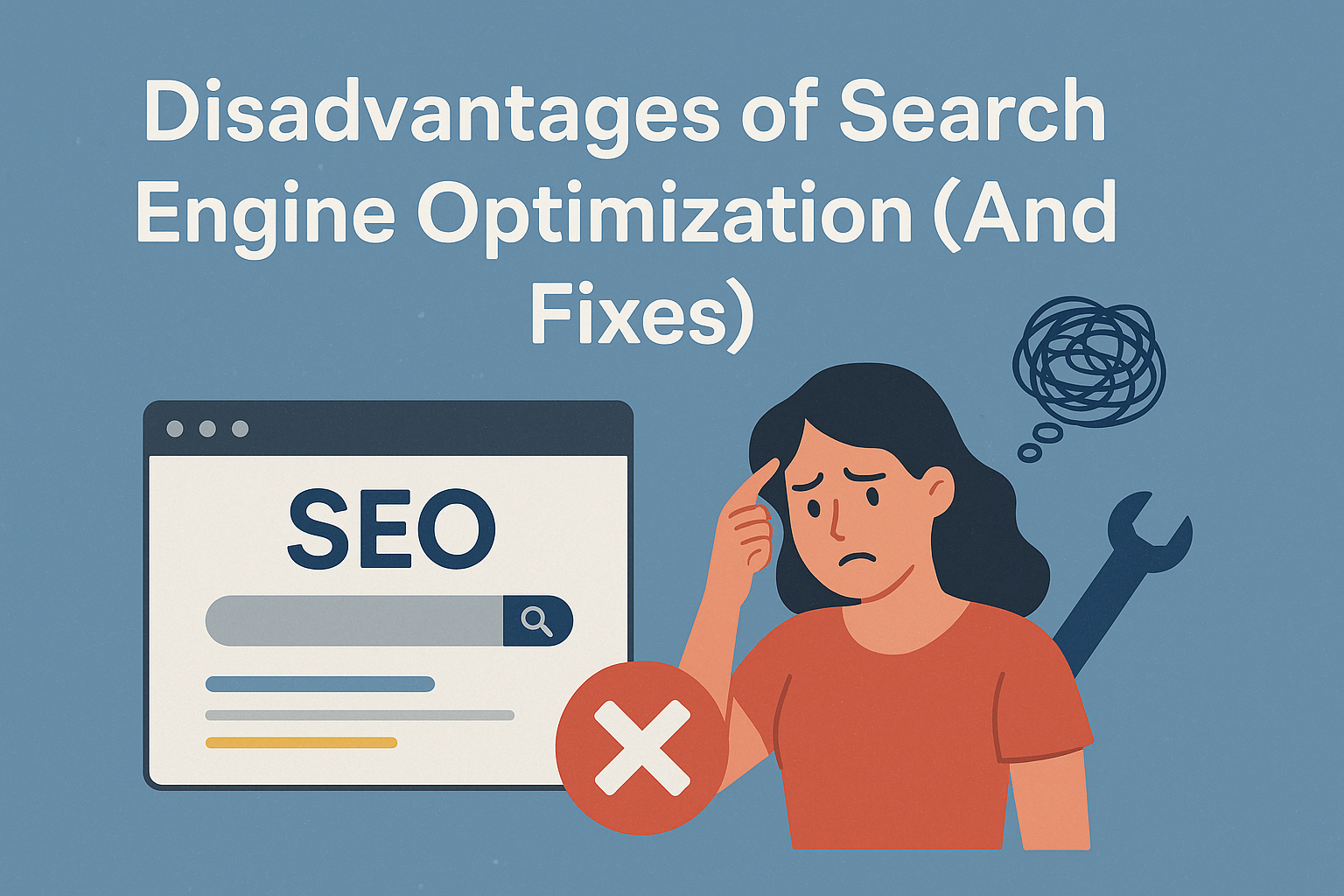
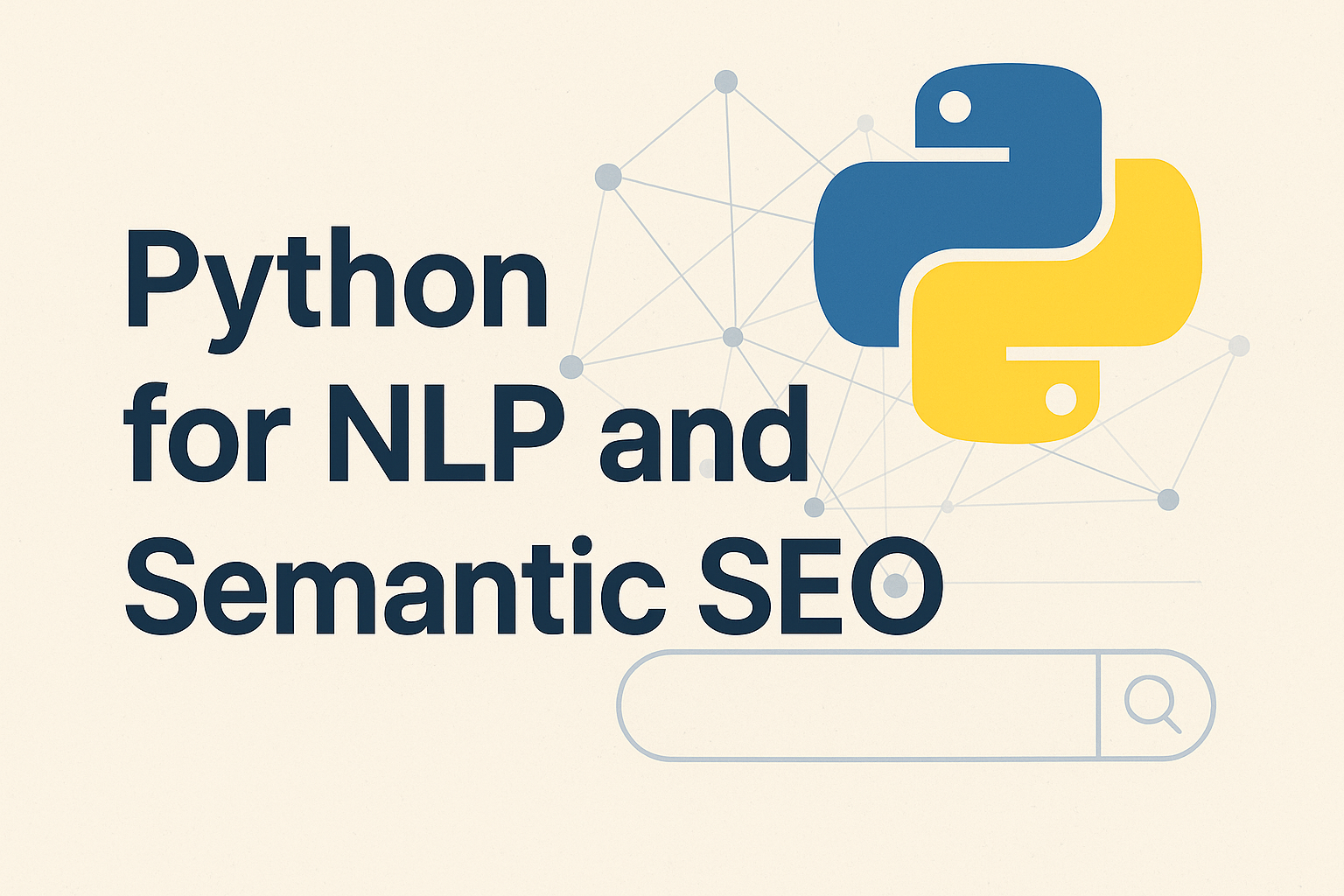
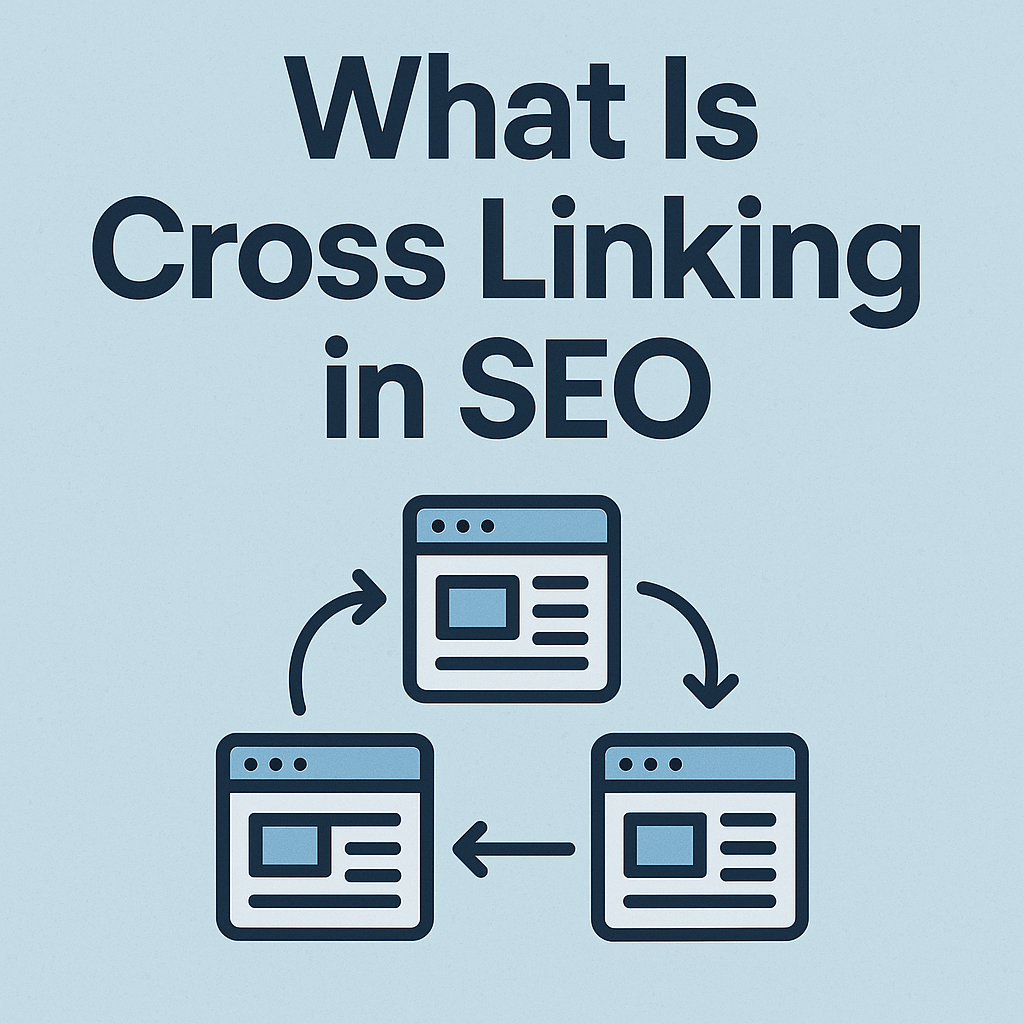

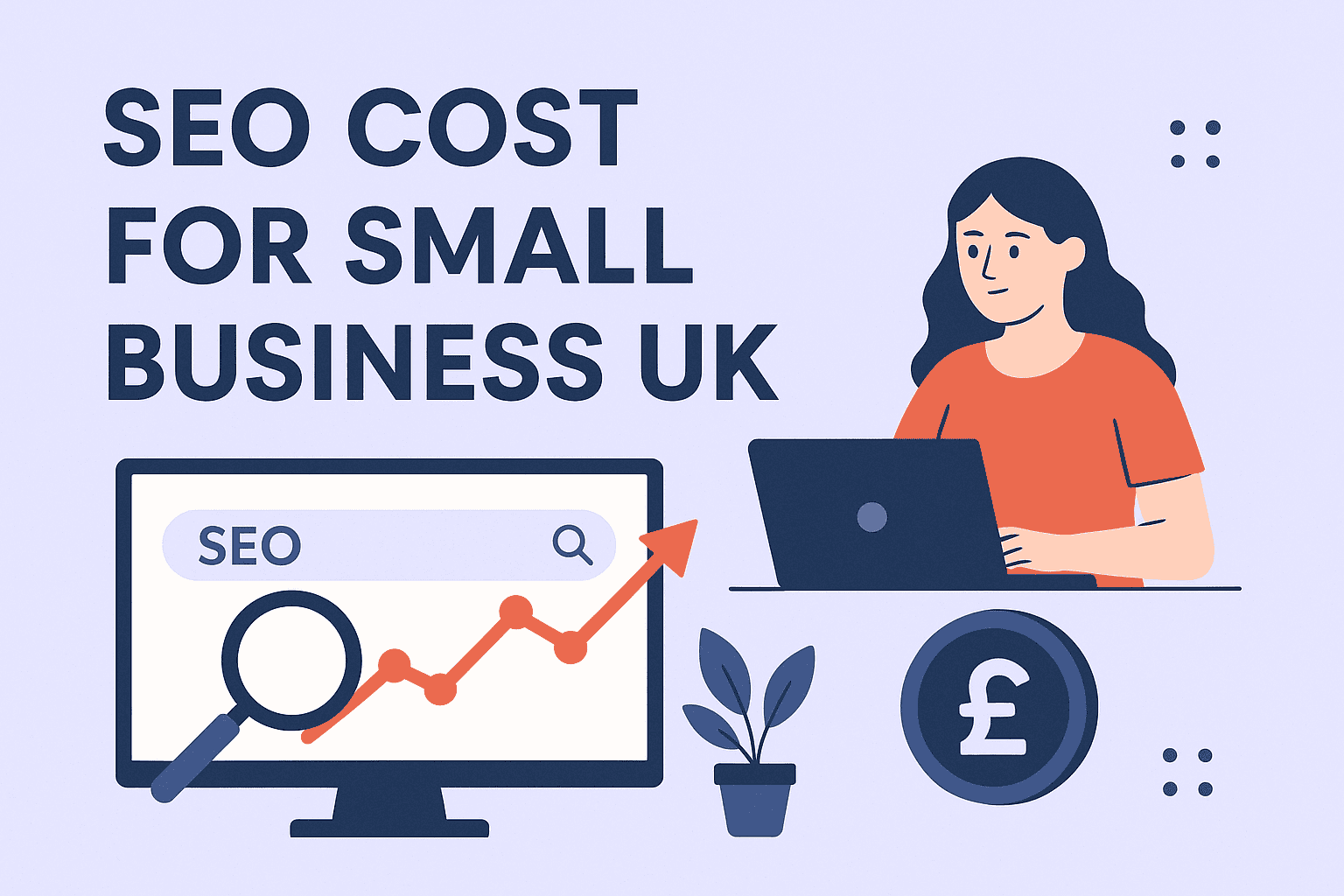

![How Many Outbound Links Per Blog [2025 Updated]](https://backlinkmanagement.io/wp-content/uploads/2025/06/How-Many-Outbound-Links-Per-Blog.png)
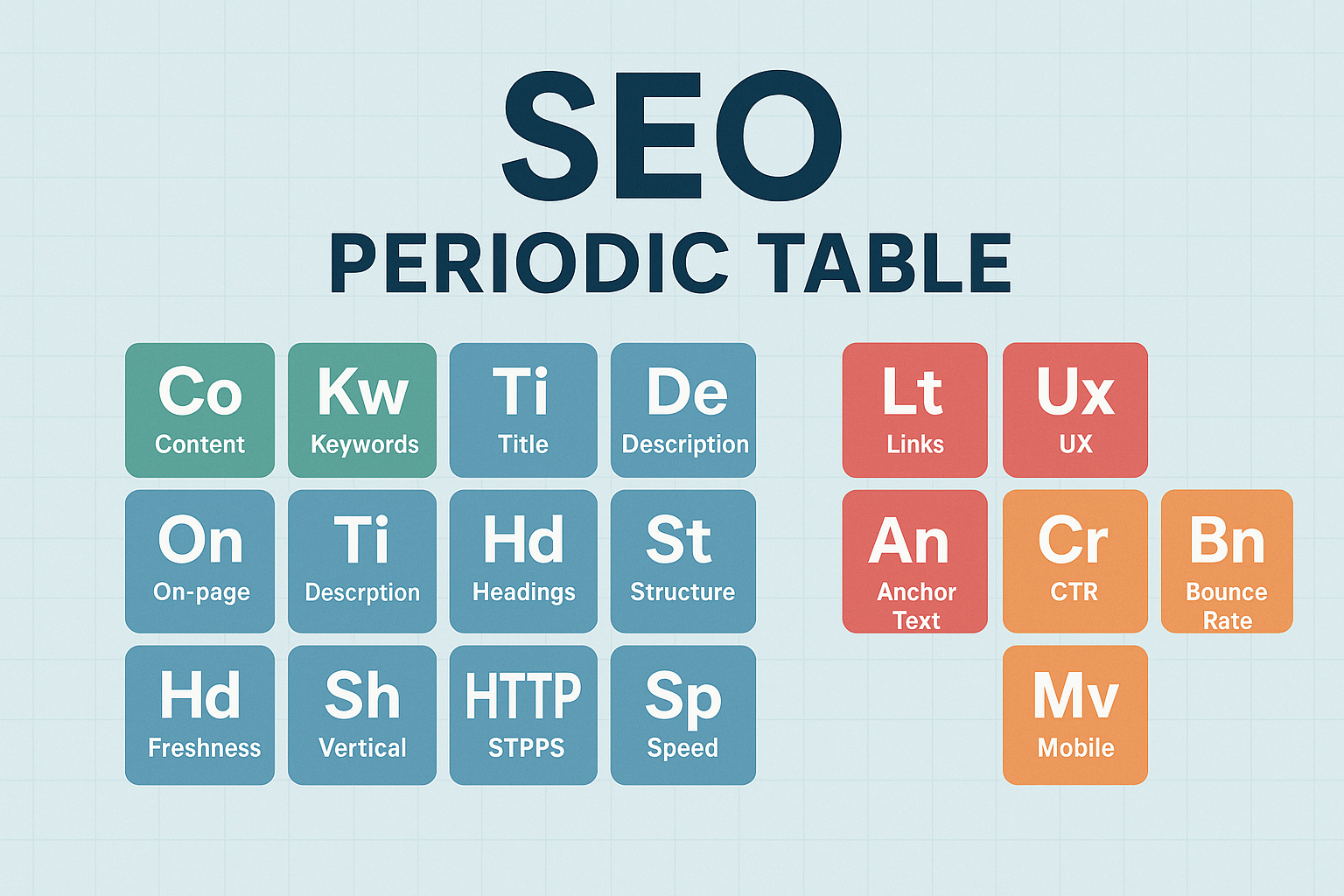

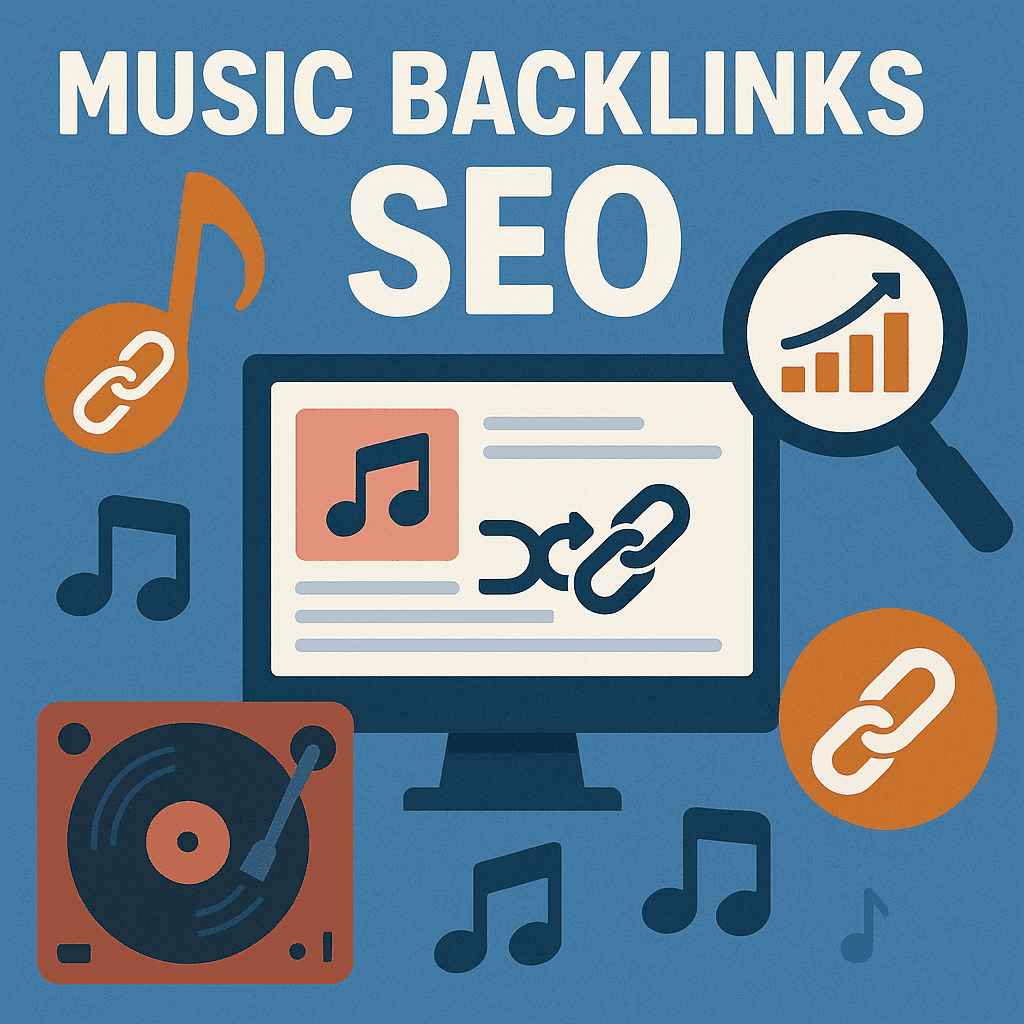
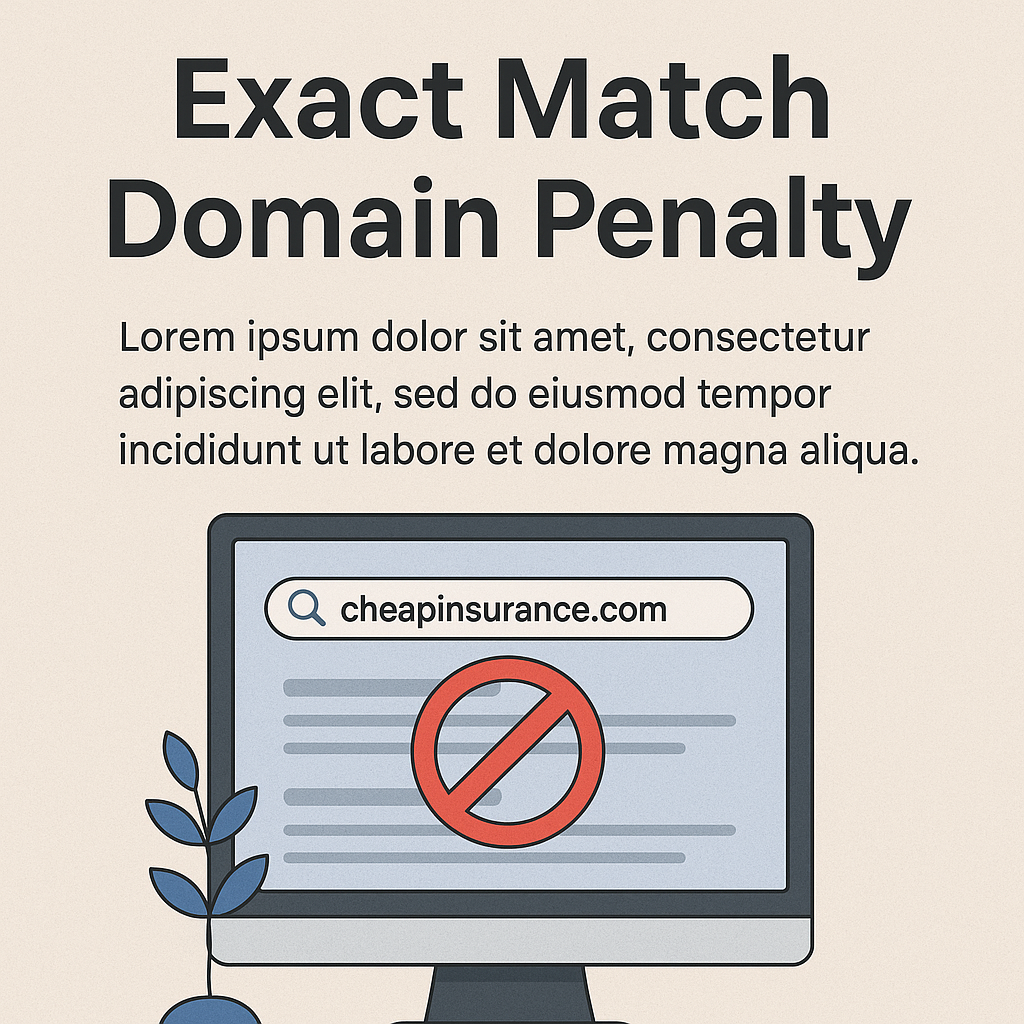
![B2B and B2C Website Examples [2025 Updated]](https://backlinkmanagement.io/wp-content/uploads/2025/05/B2B-and-B2C-Website-Example-.png)
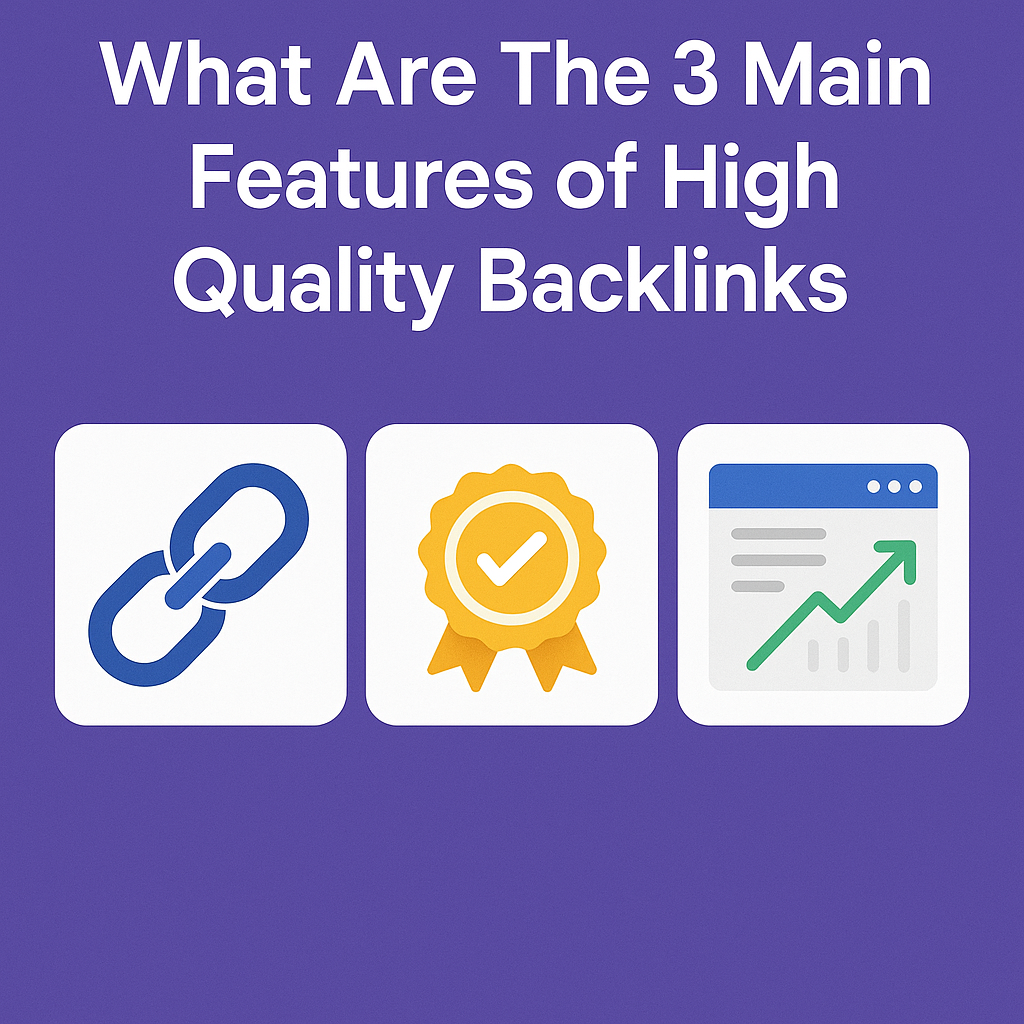
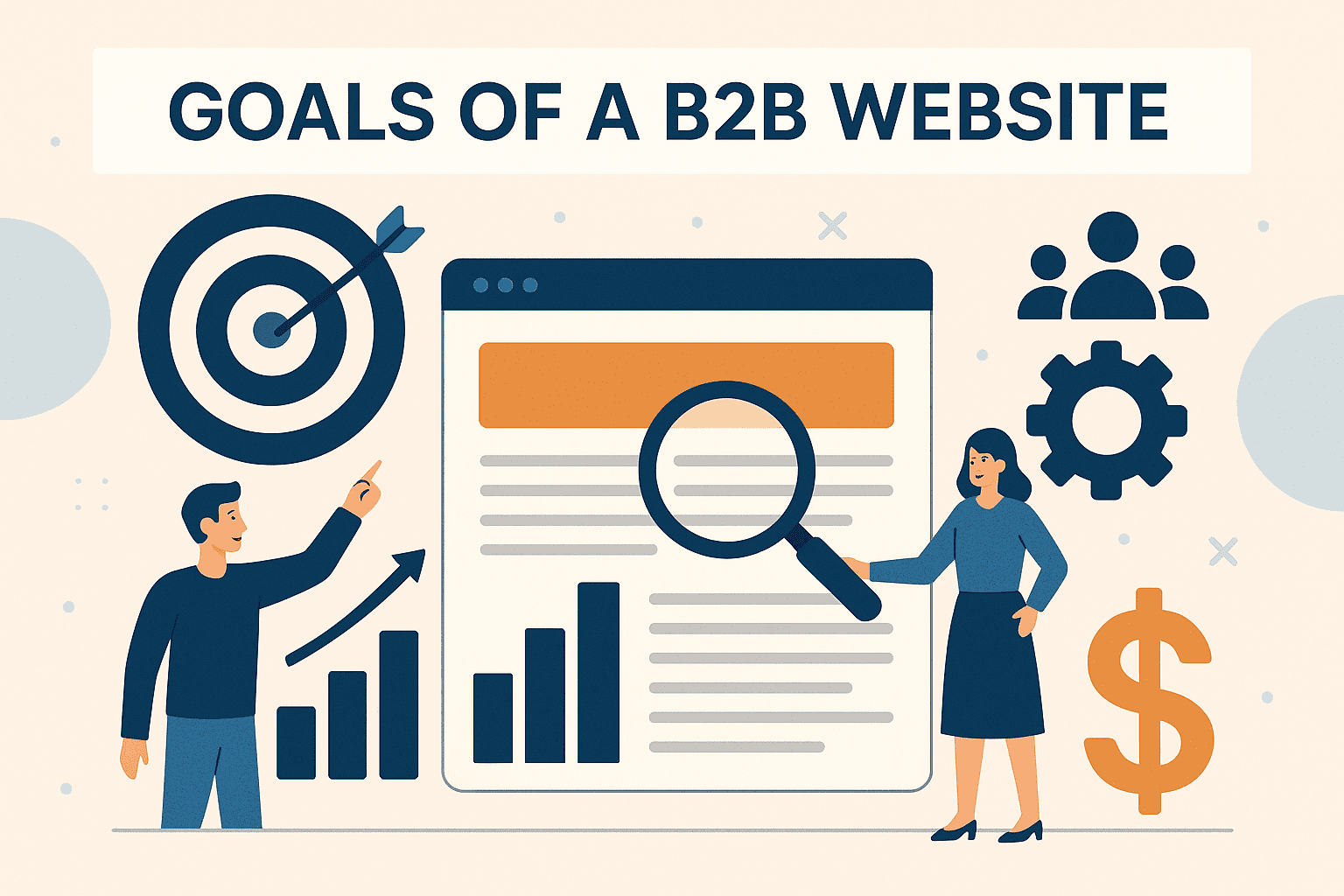

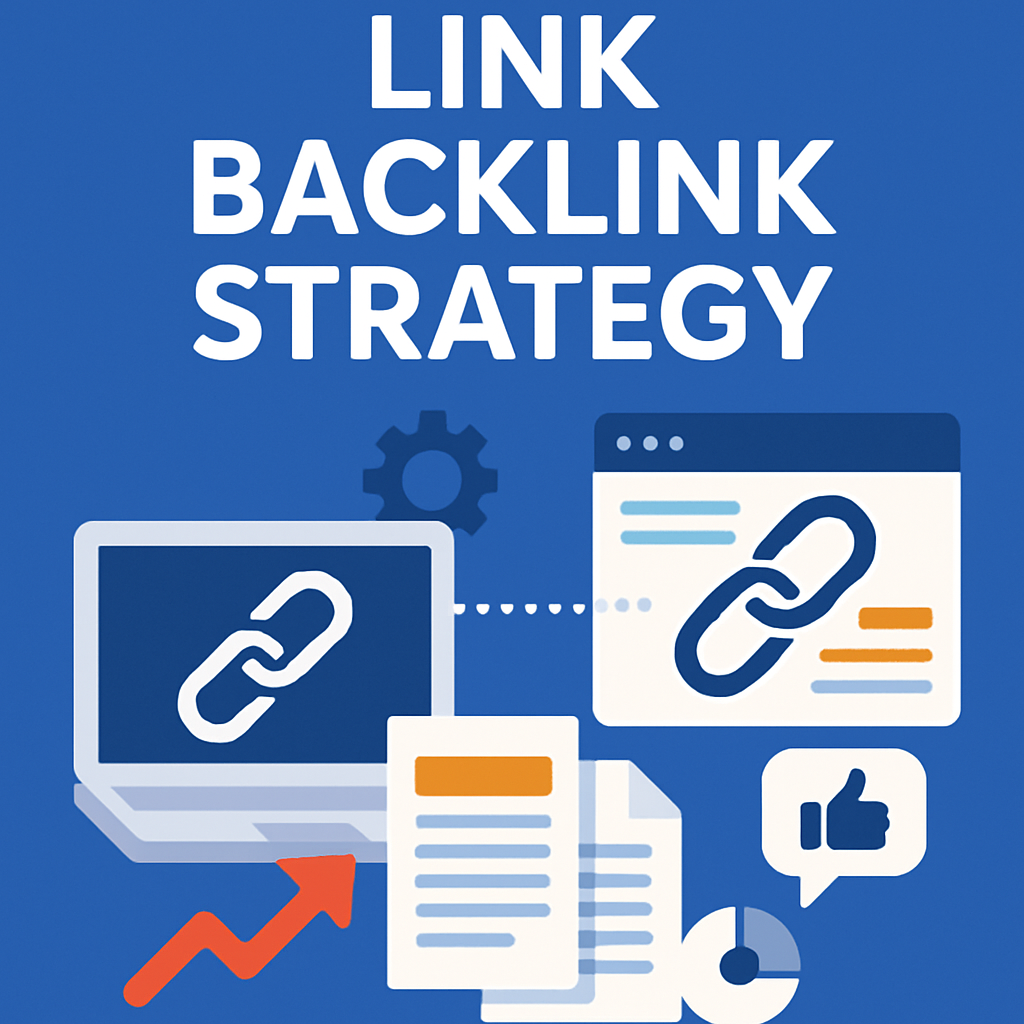
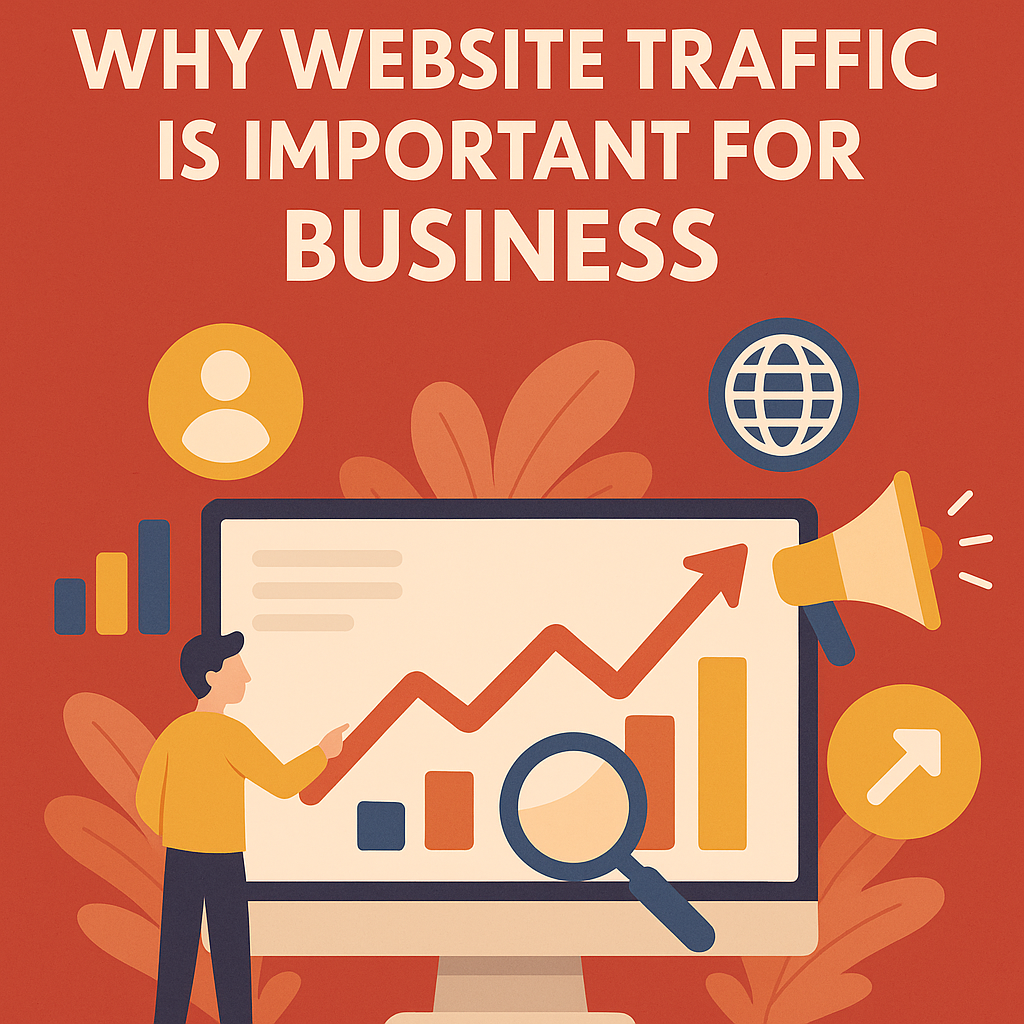

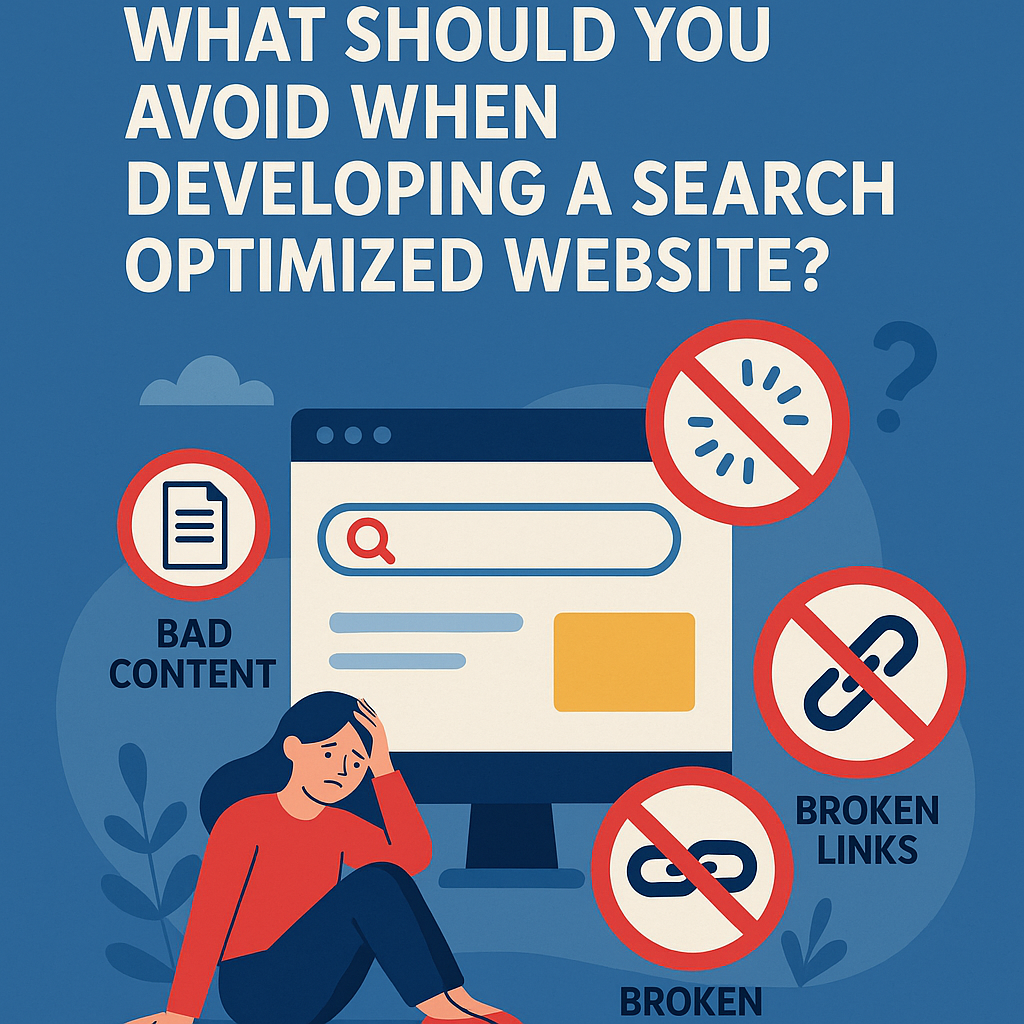


![What To Do After Keyword Research [2025 Guide]](https://backlinkmanagement.io/wp-content/uploads/2025/05/What-To-Do-After-Keyword-Research.png)
![Is Page Speed Really A Ranking Factor? [2025]](https://backlinkmanagement.io/wp-content/uploads/2025/05/Is-Page-Speed-Really-A-Ranking-Factor.png)
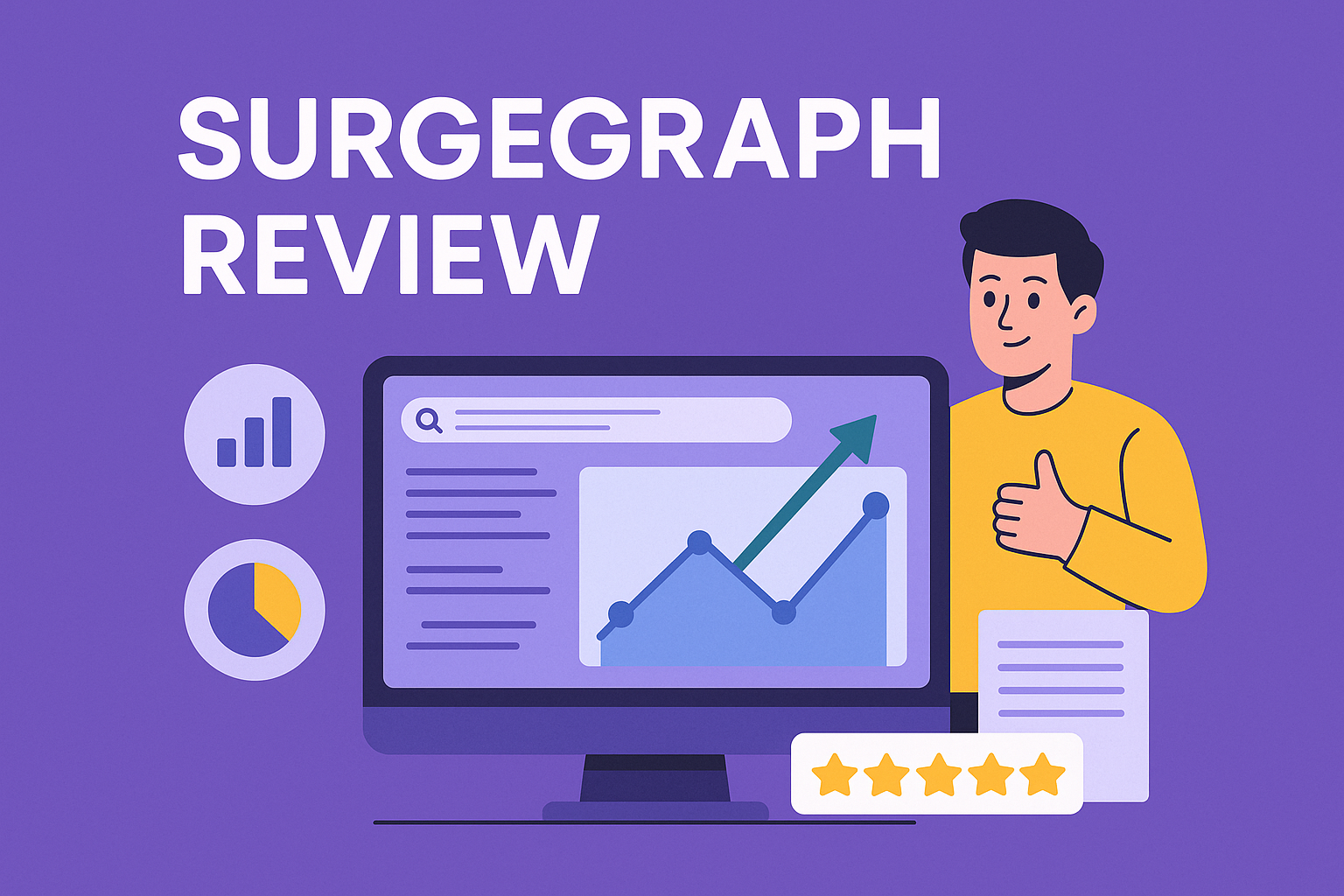
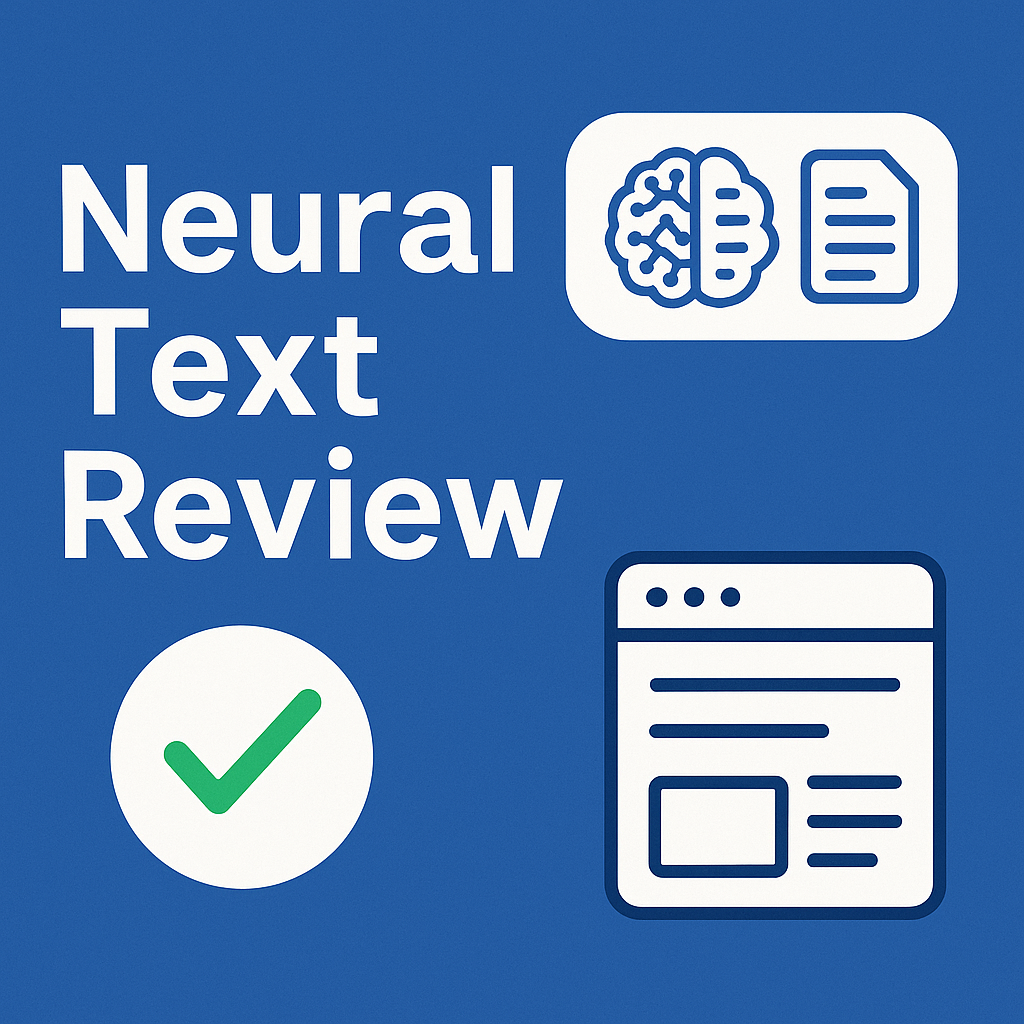

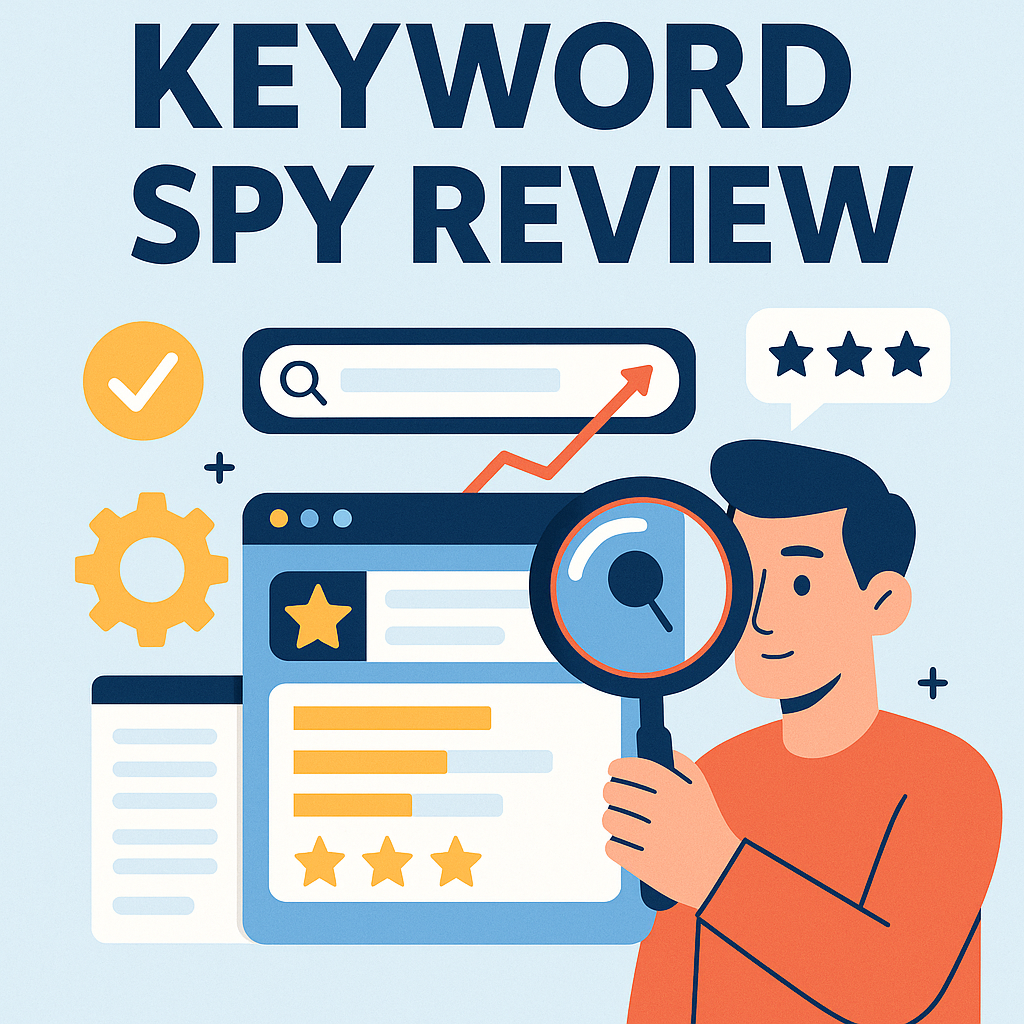




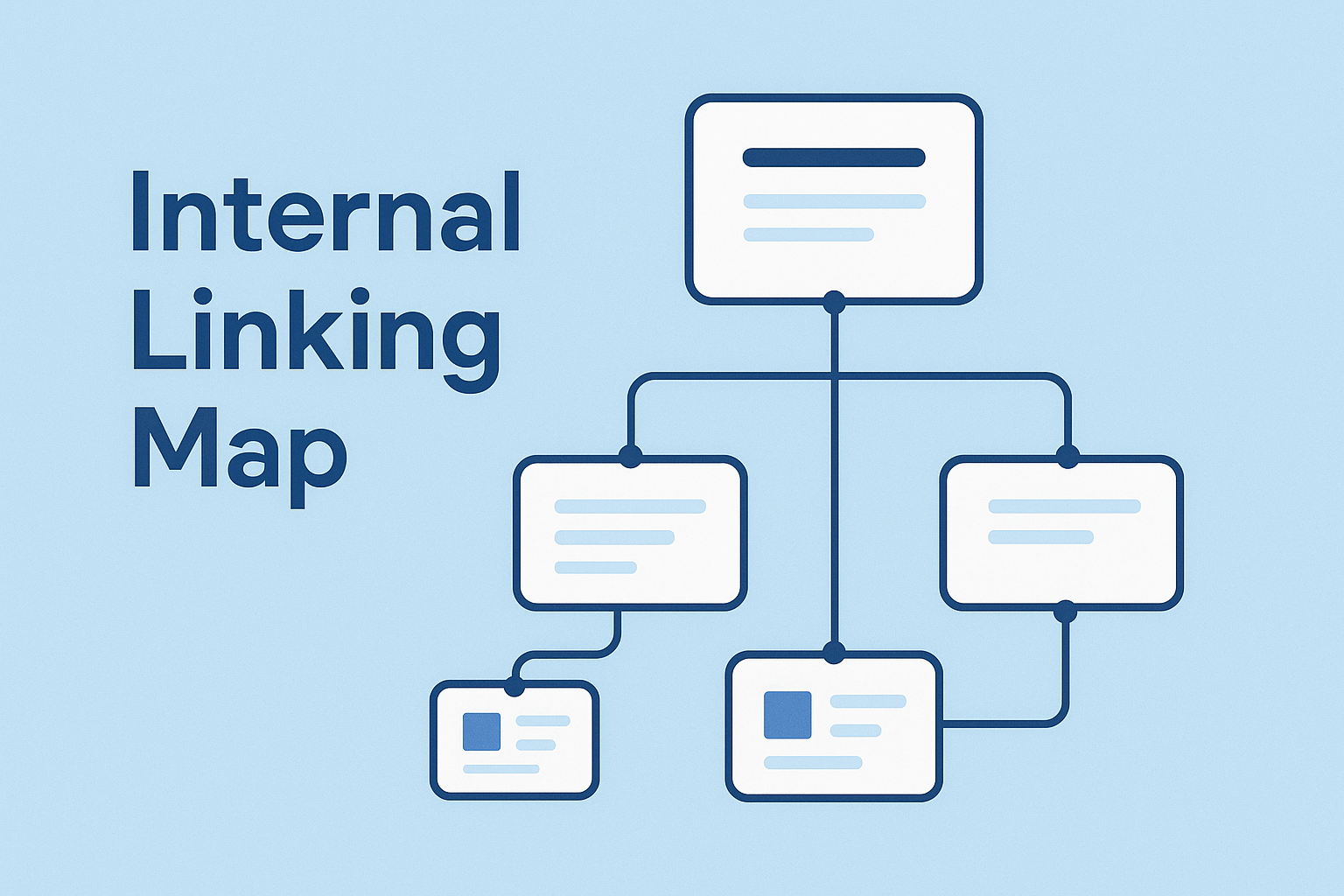

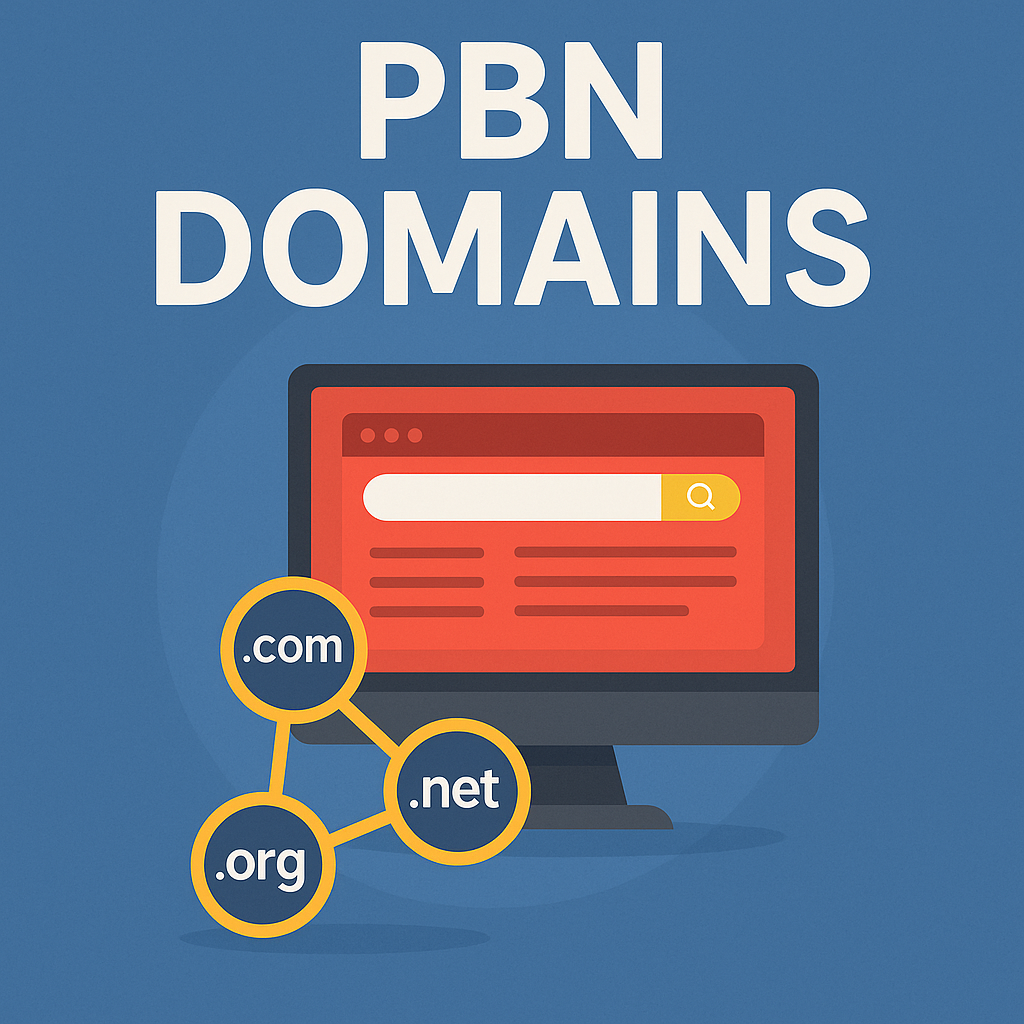
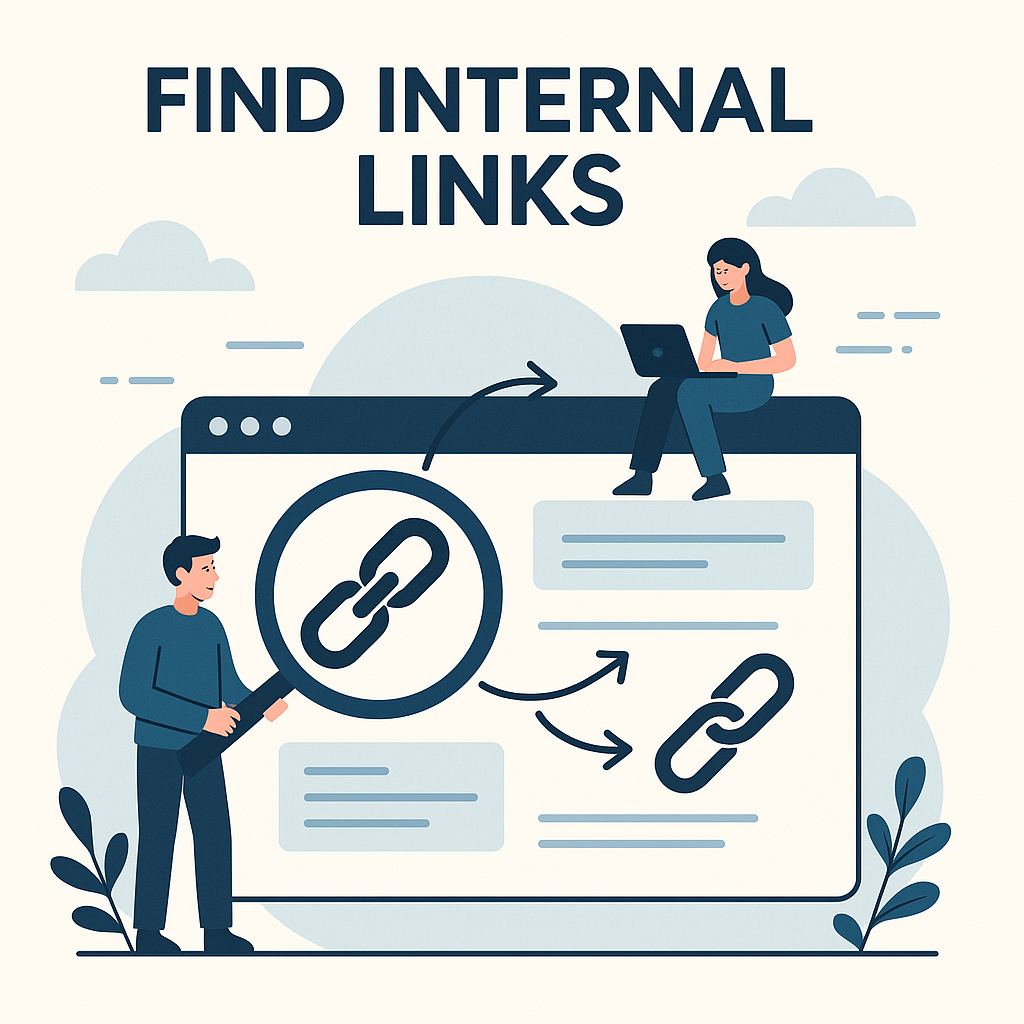
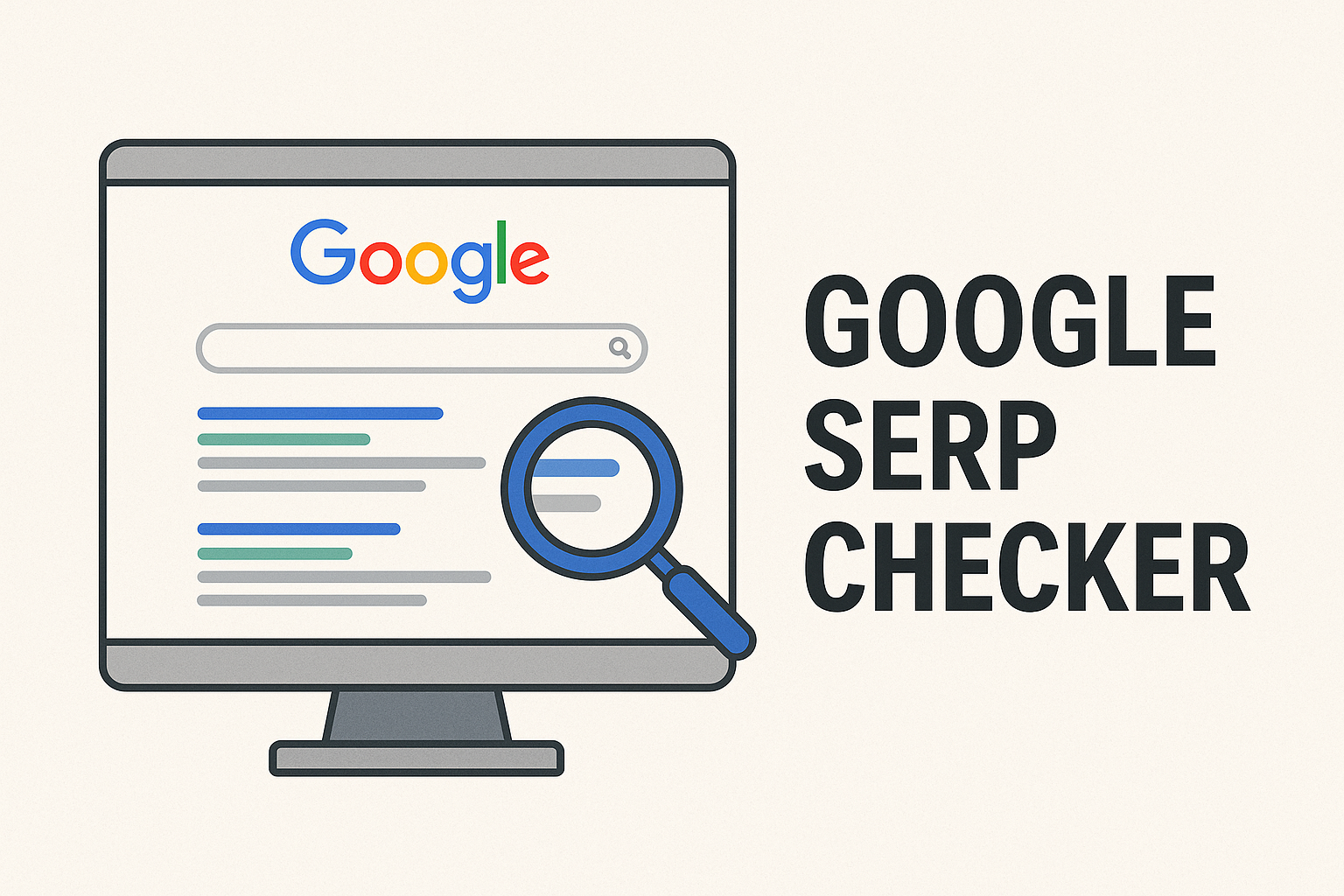
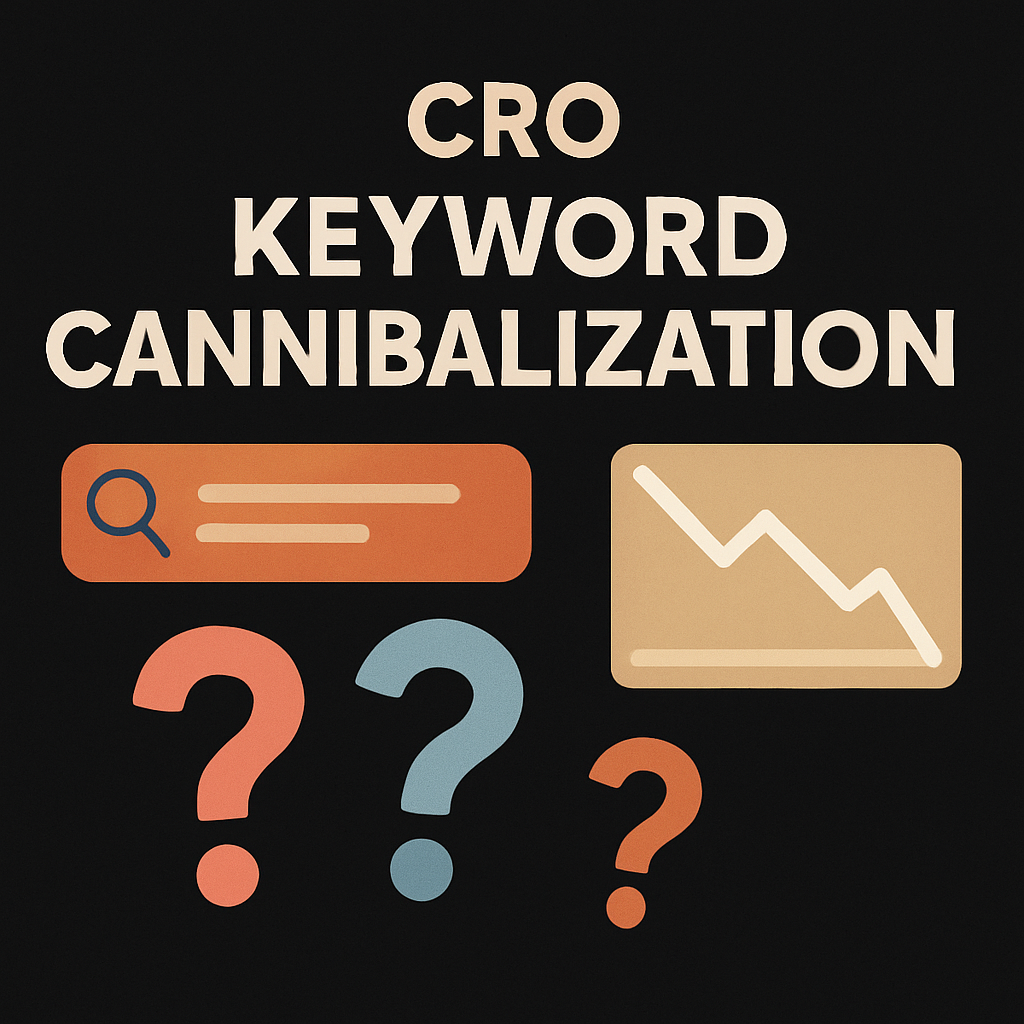


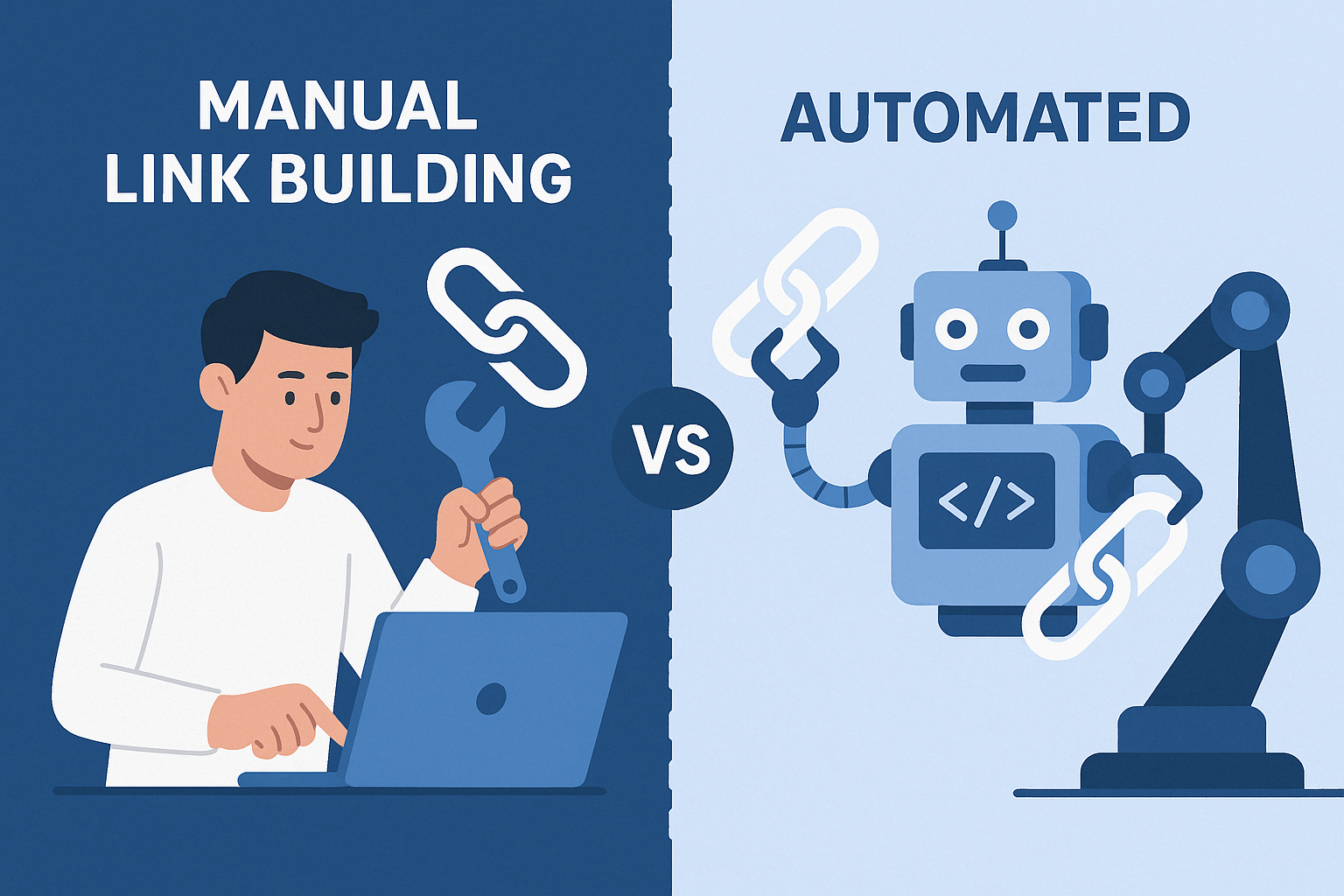



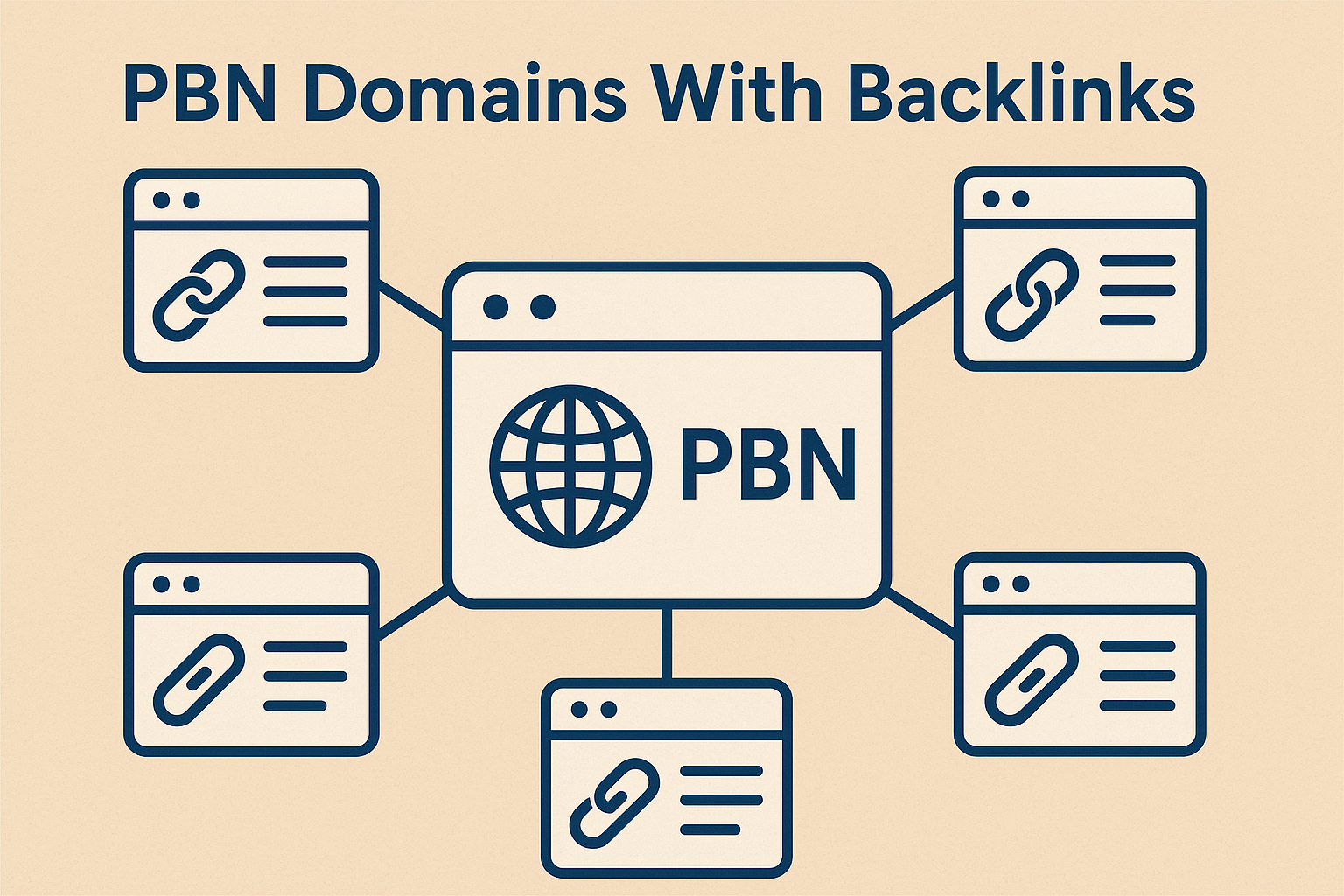
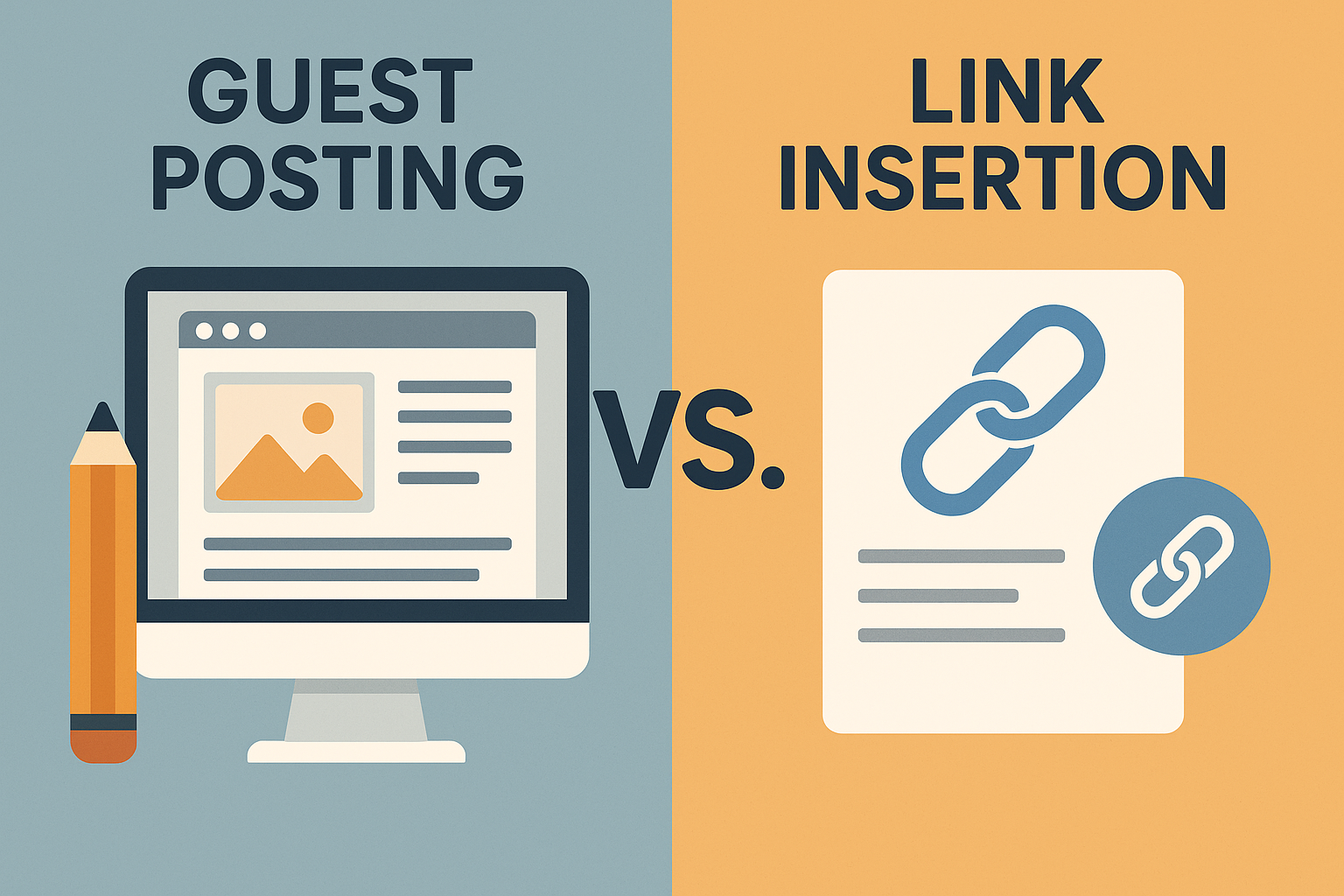
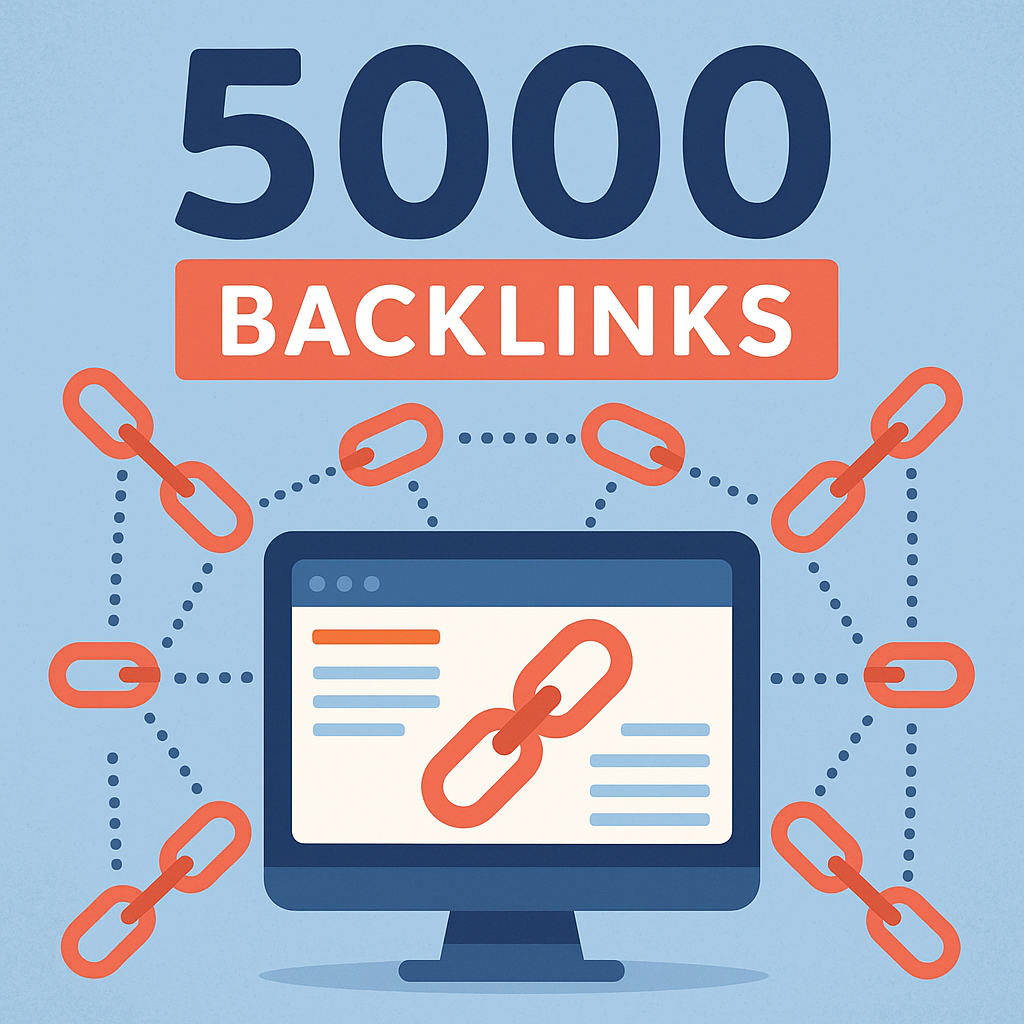
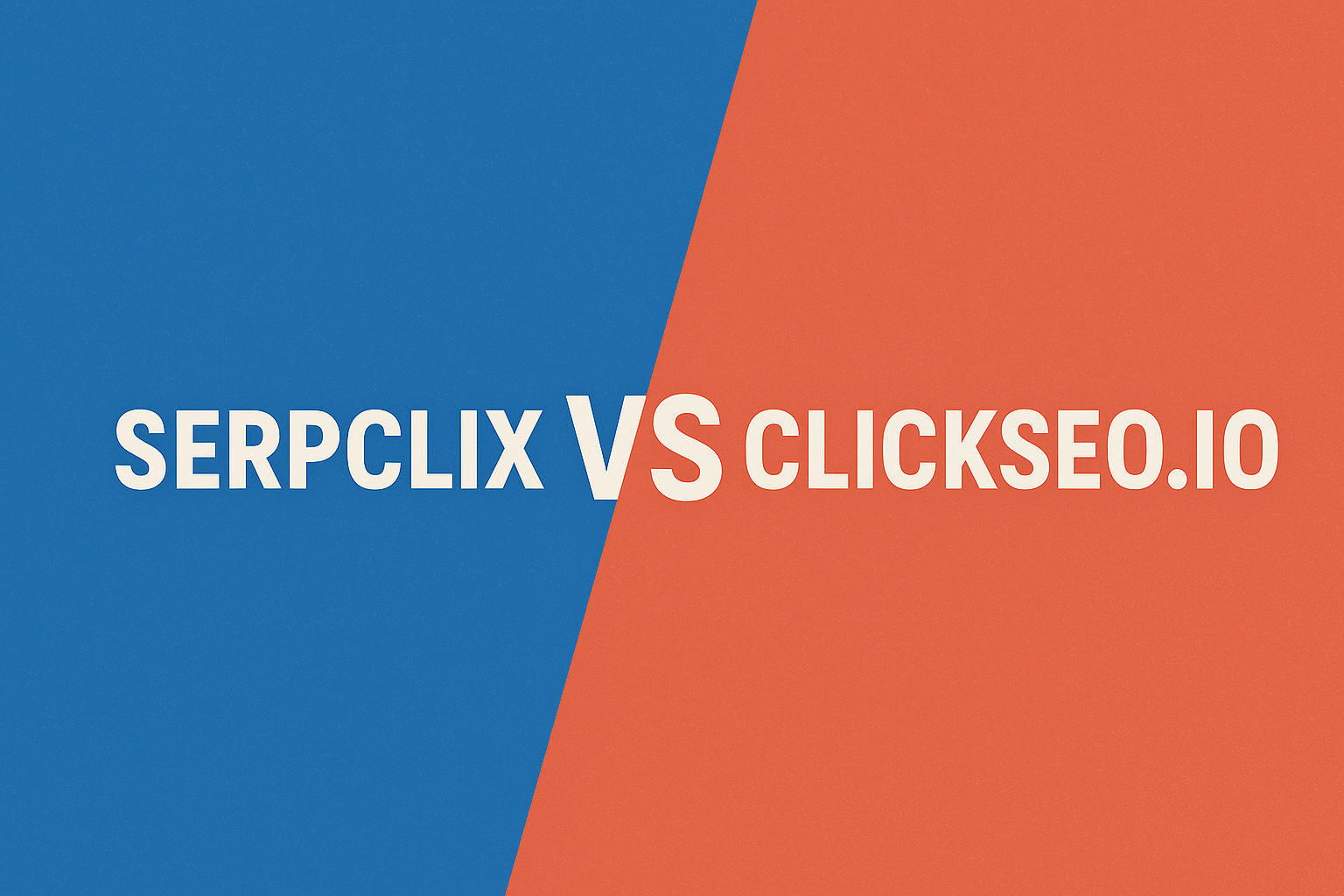

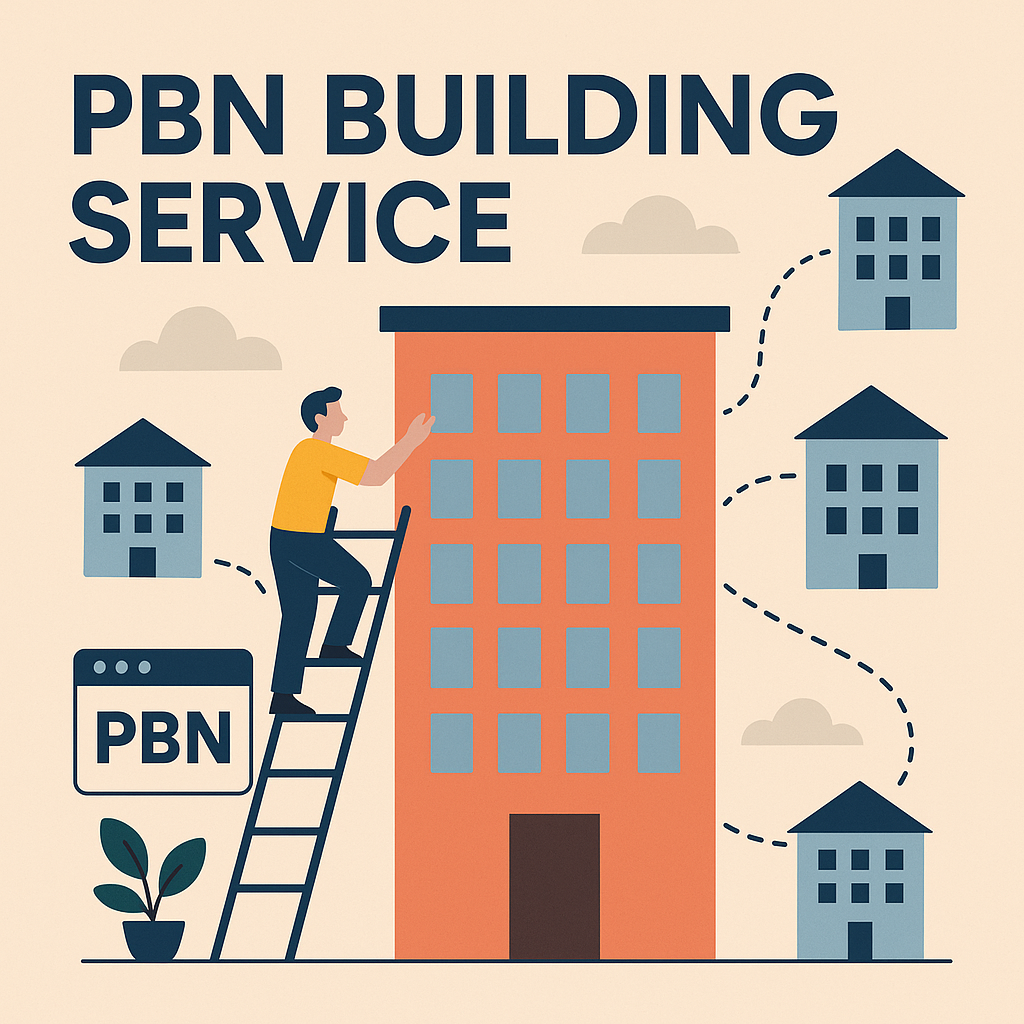
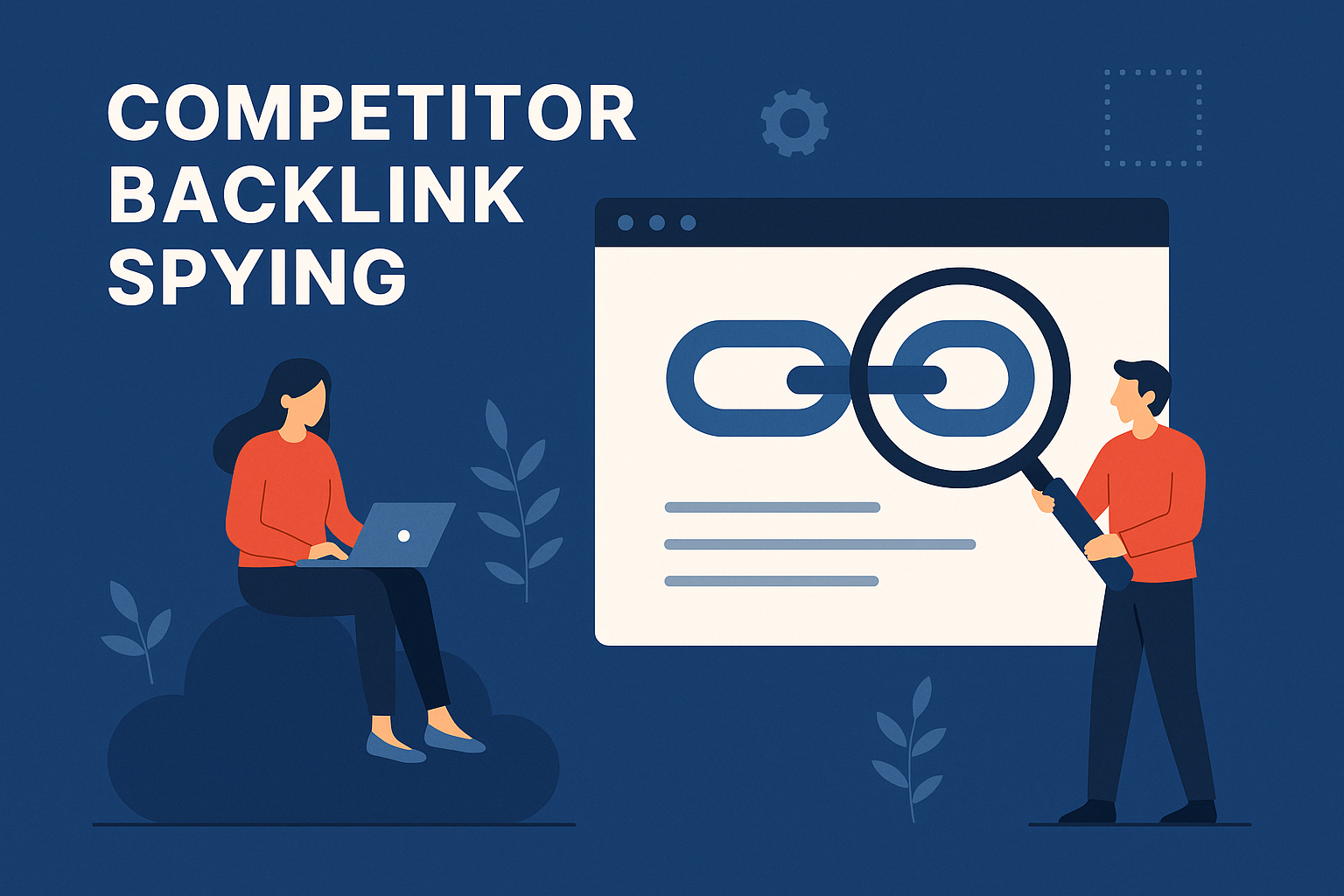

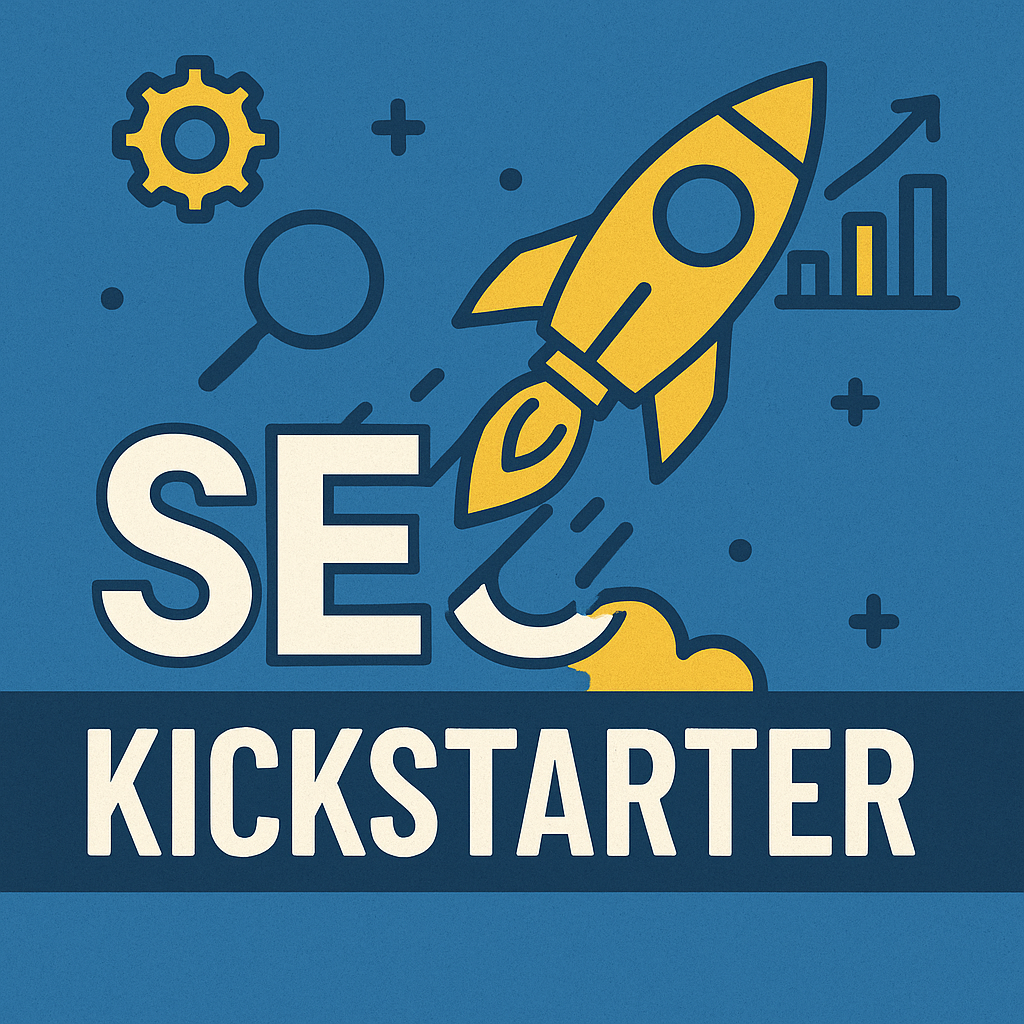
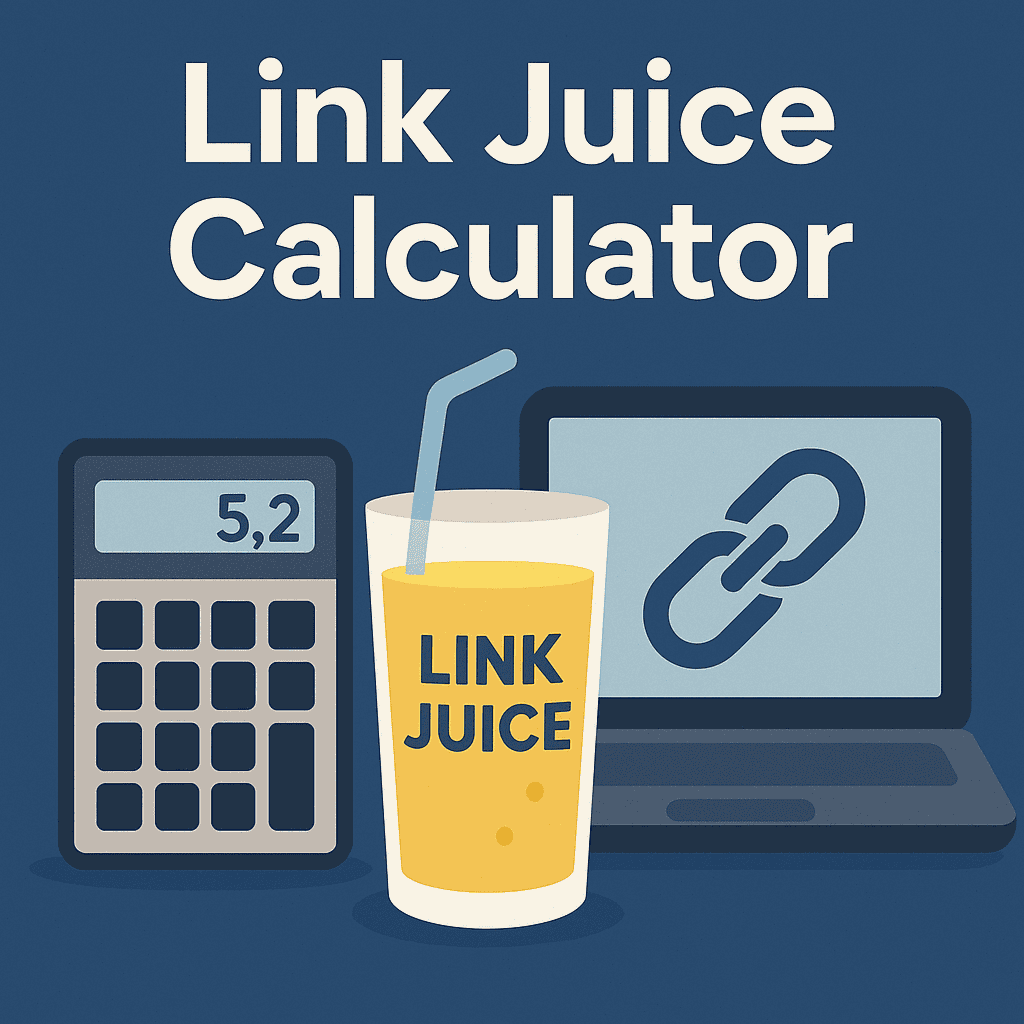
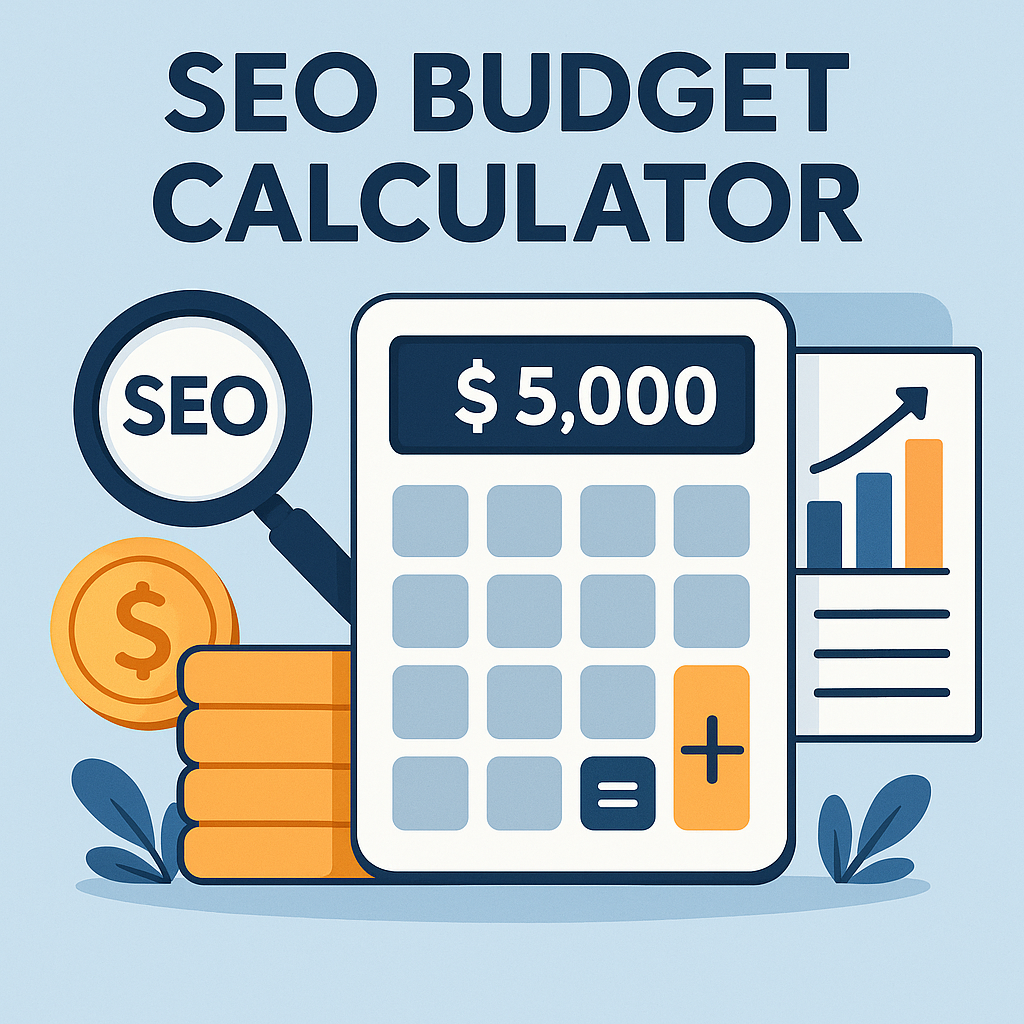

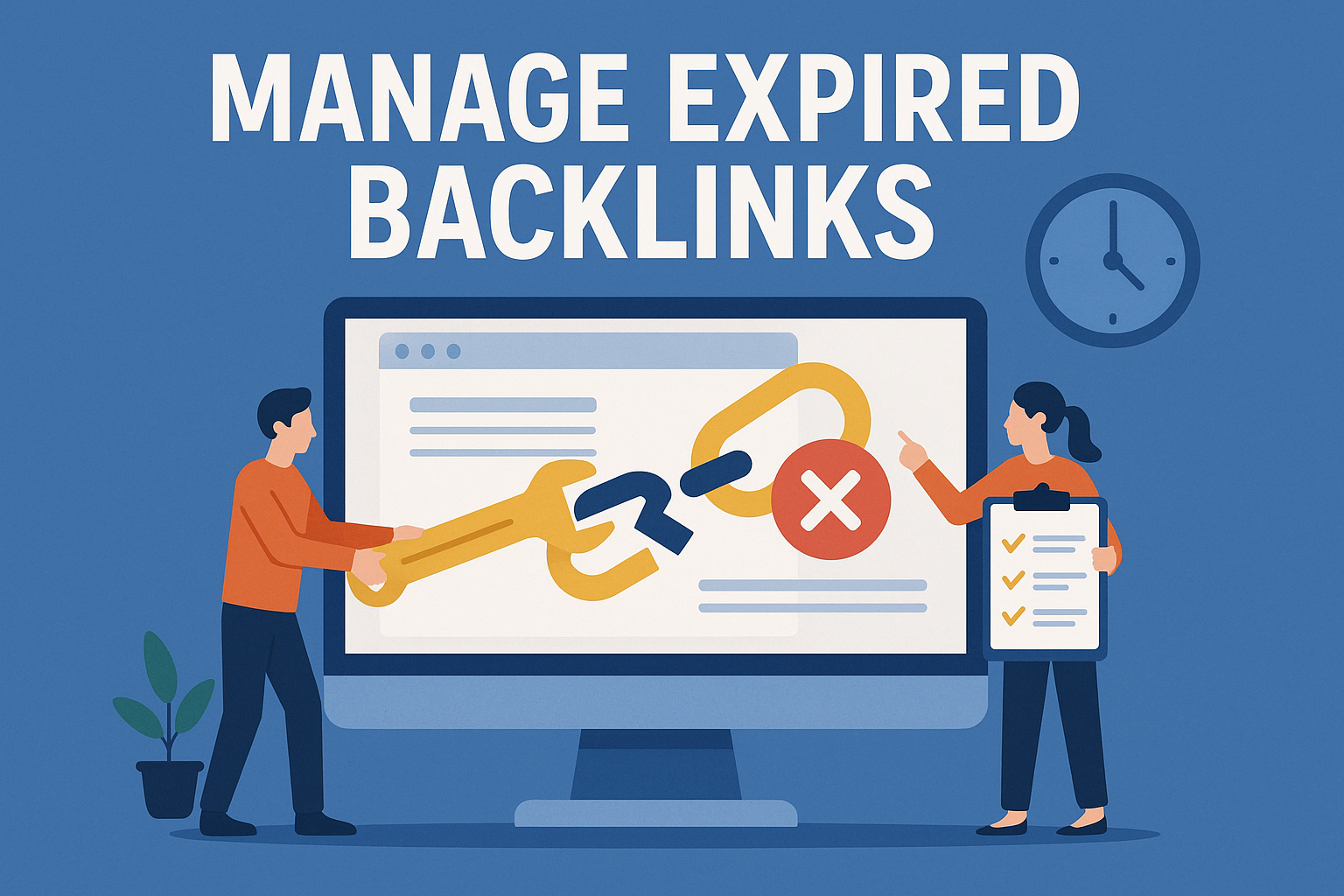
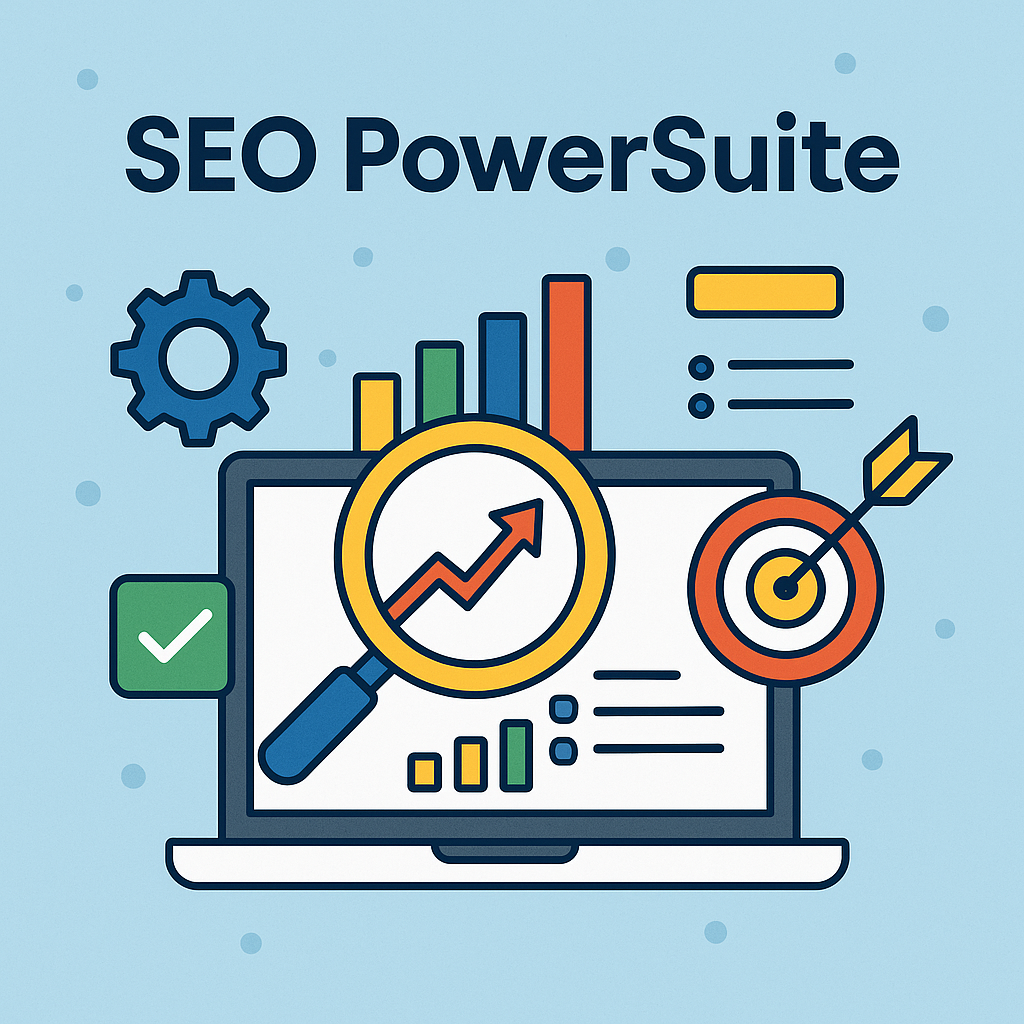
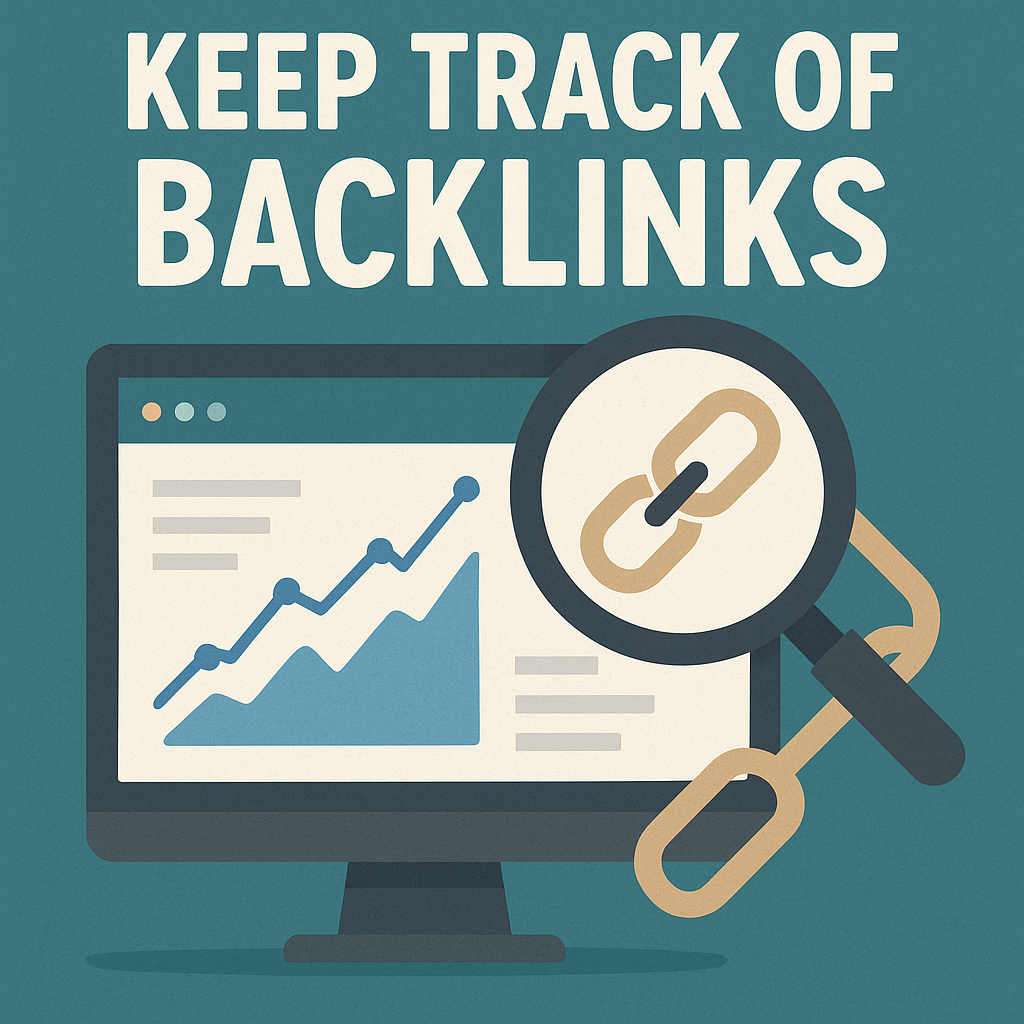
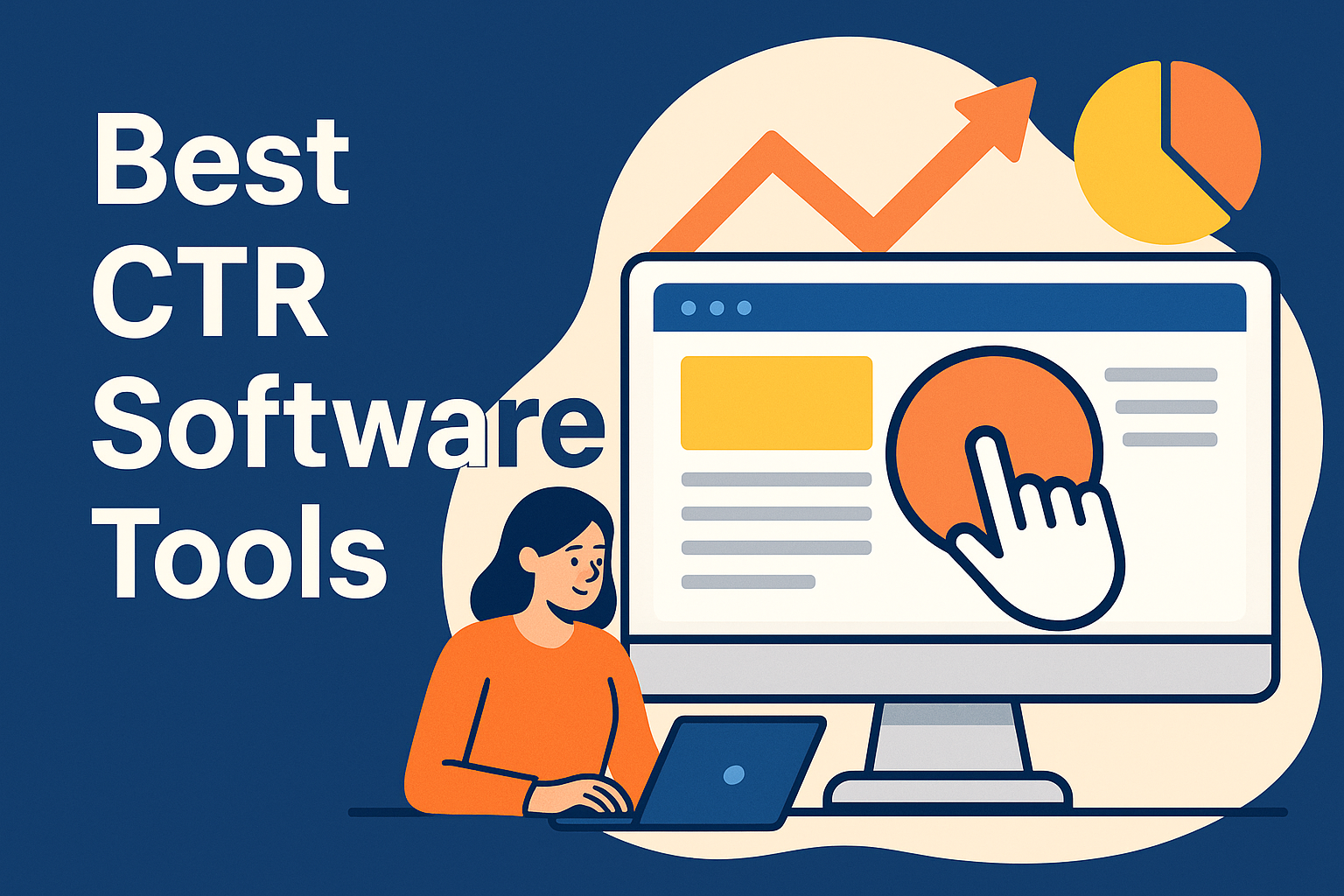
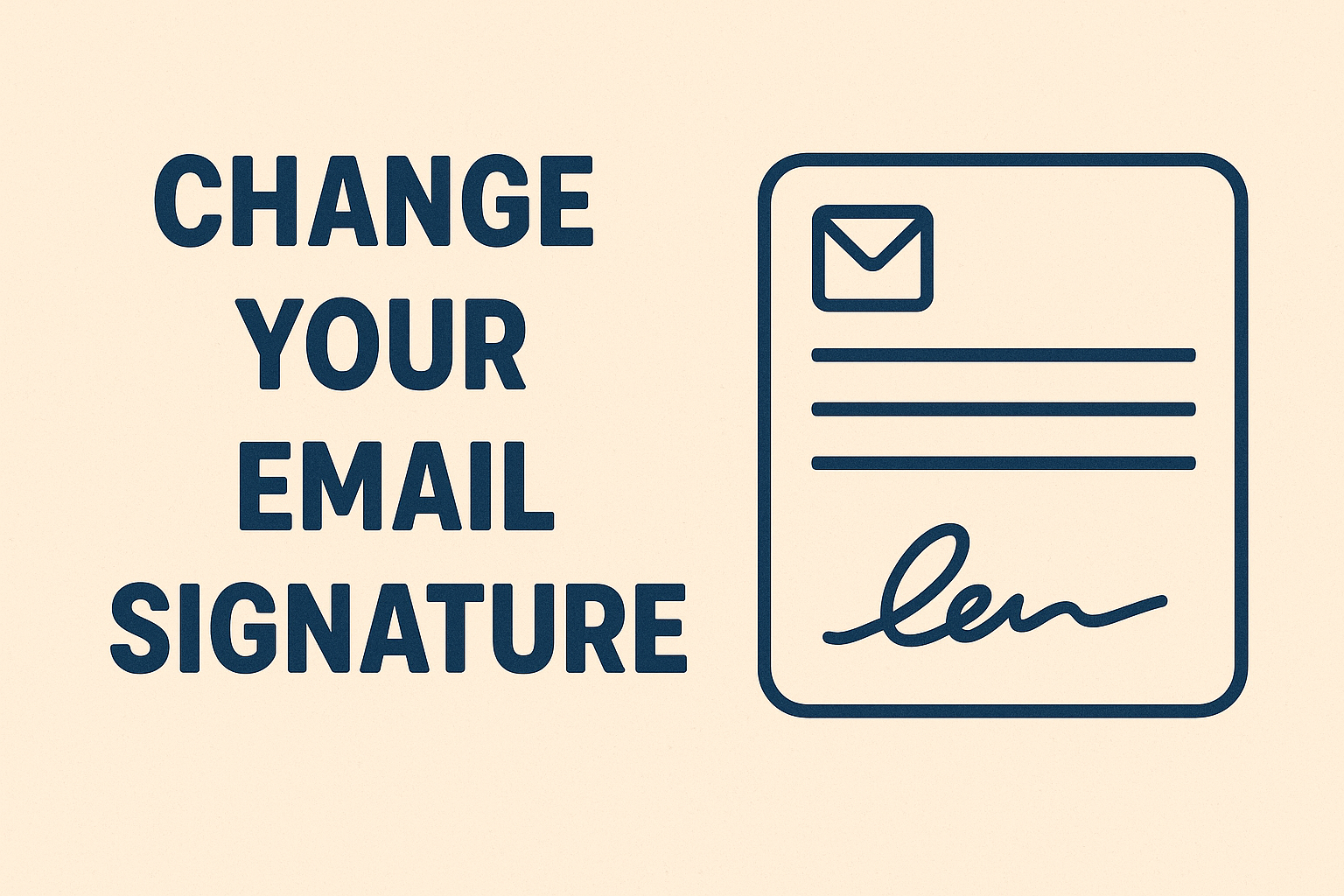
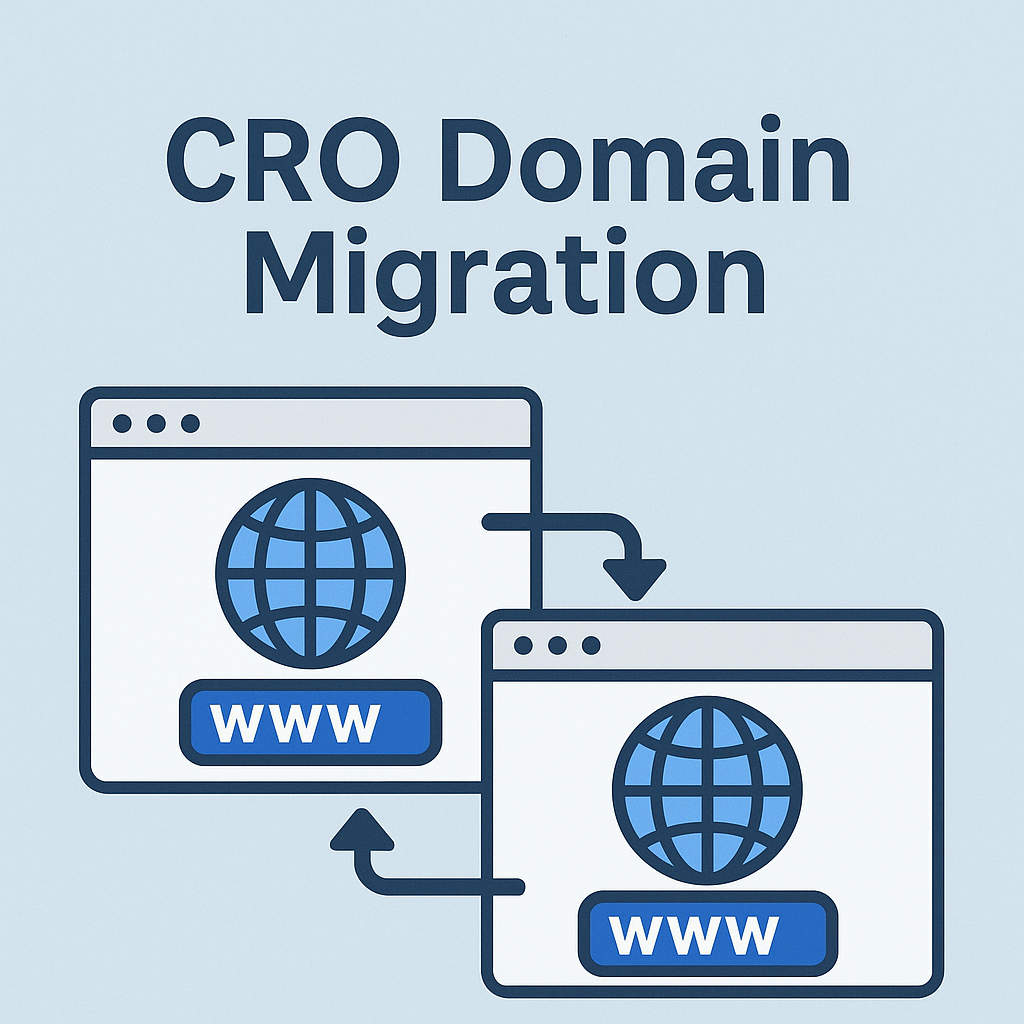


![Best Link Exchange Sites [Free & Safe] – Top 5 Picks](https://backlinkmanagement.io/wp-content/uploads/2025/04/Free-Link-Exchange.png)
